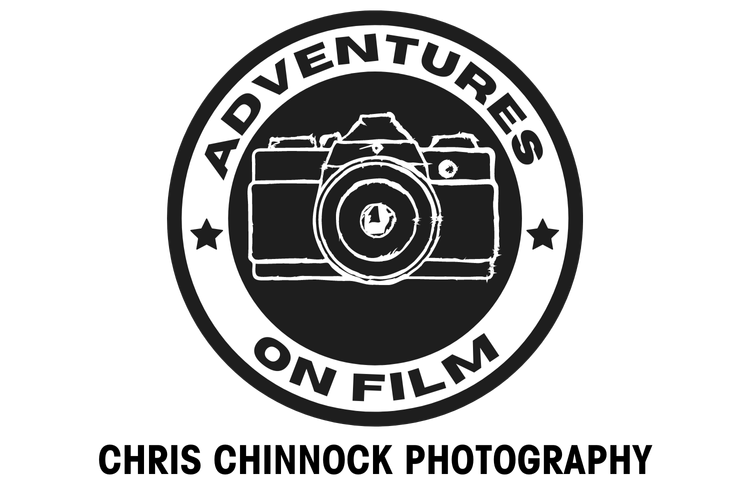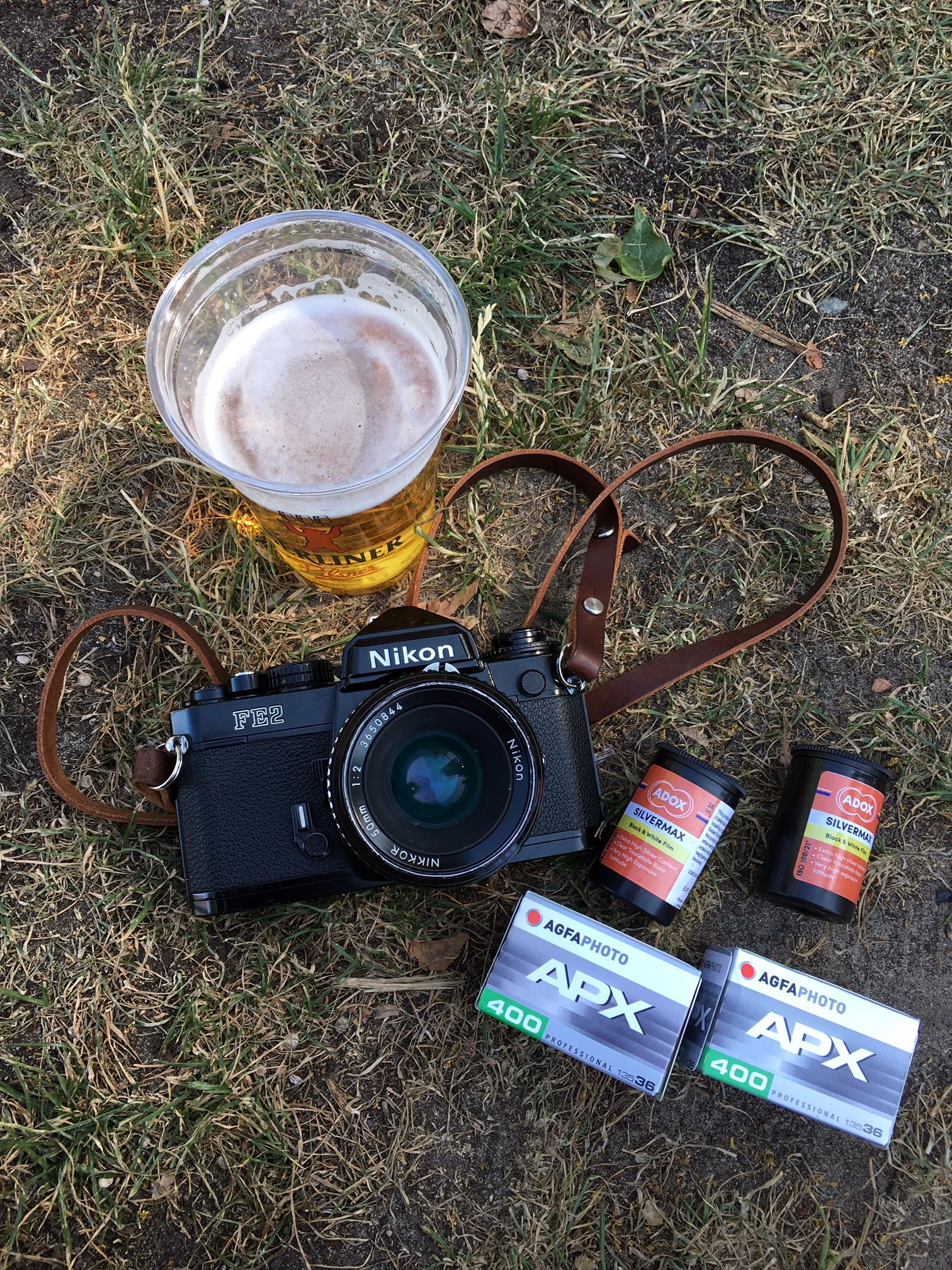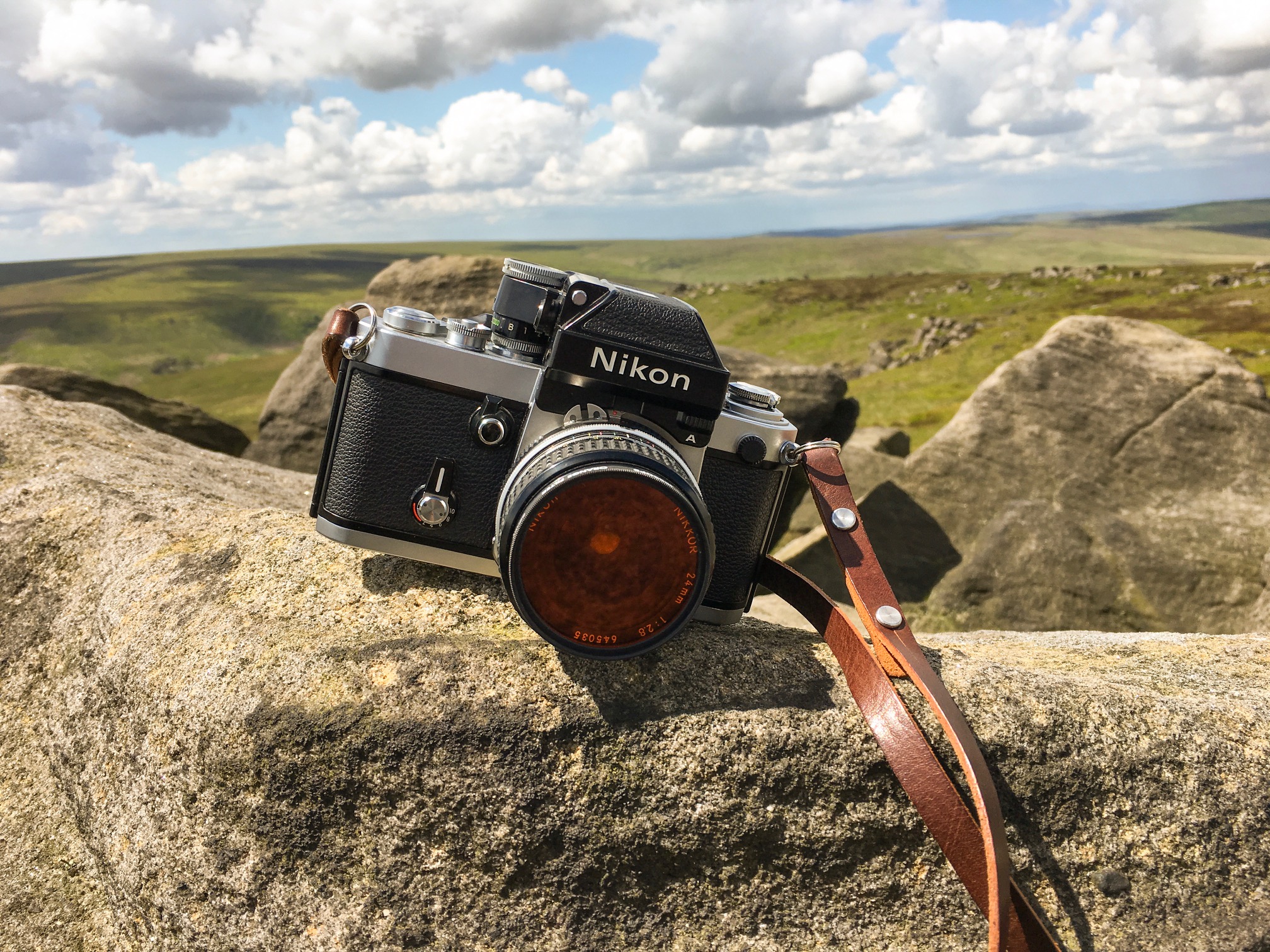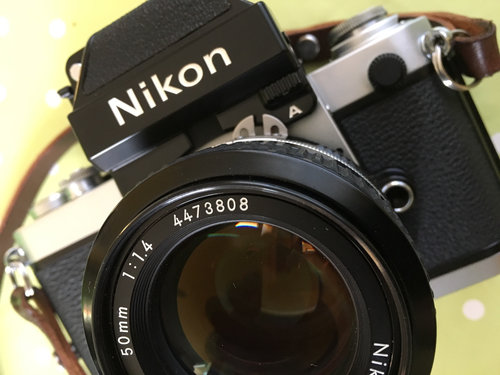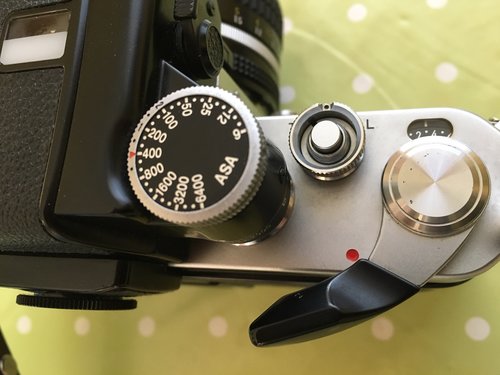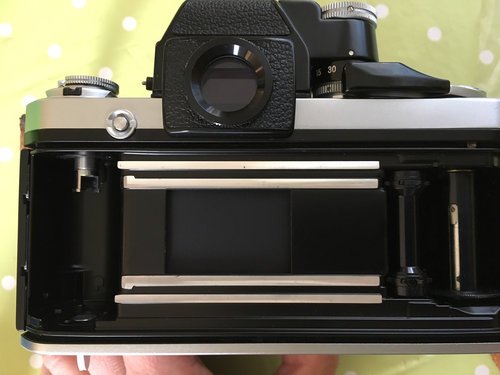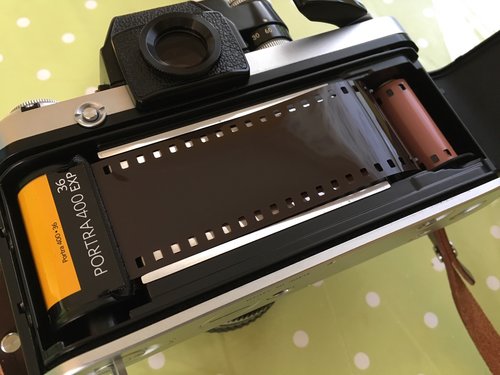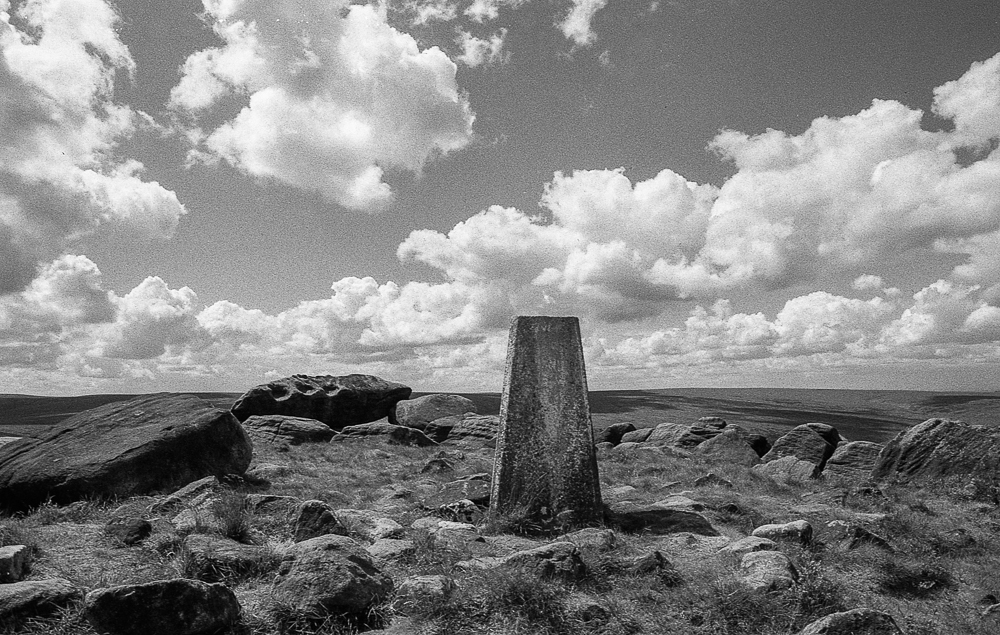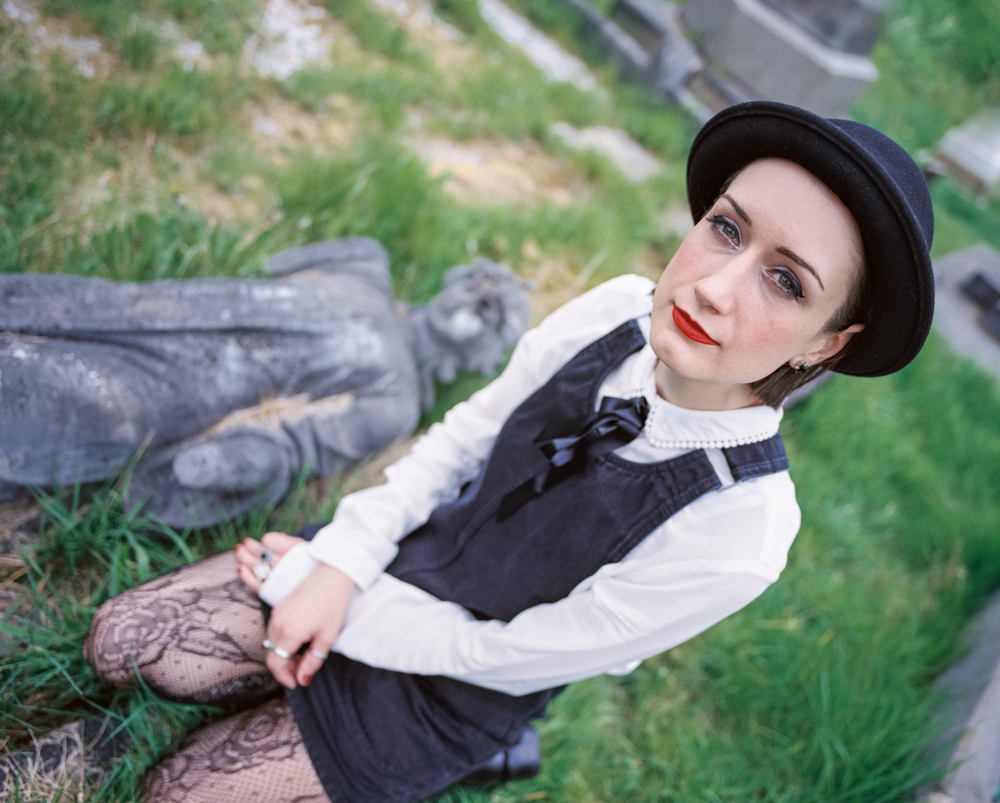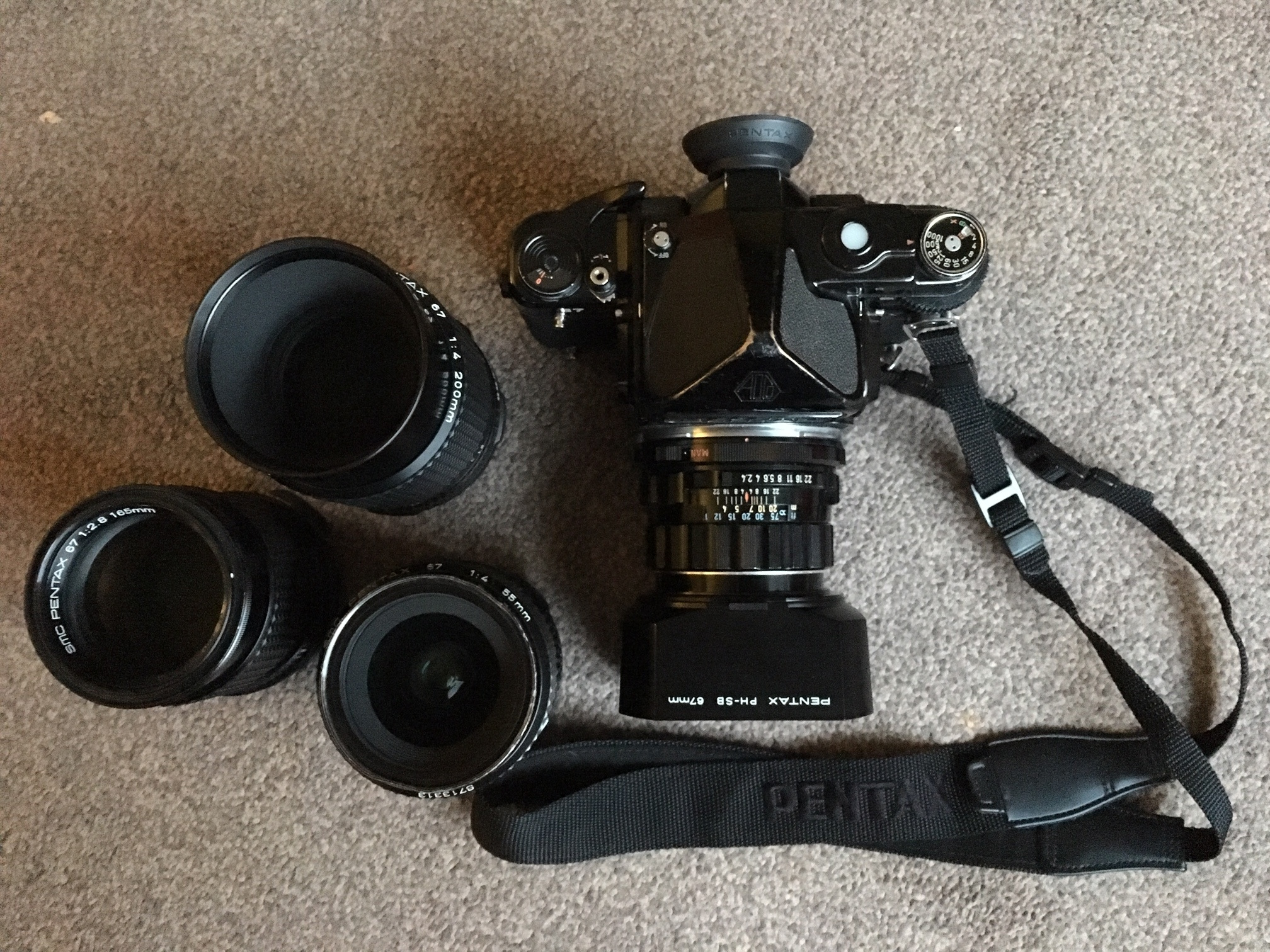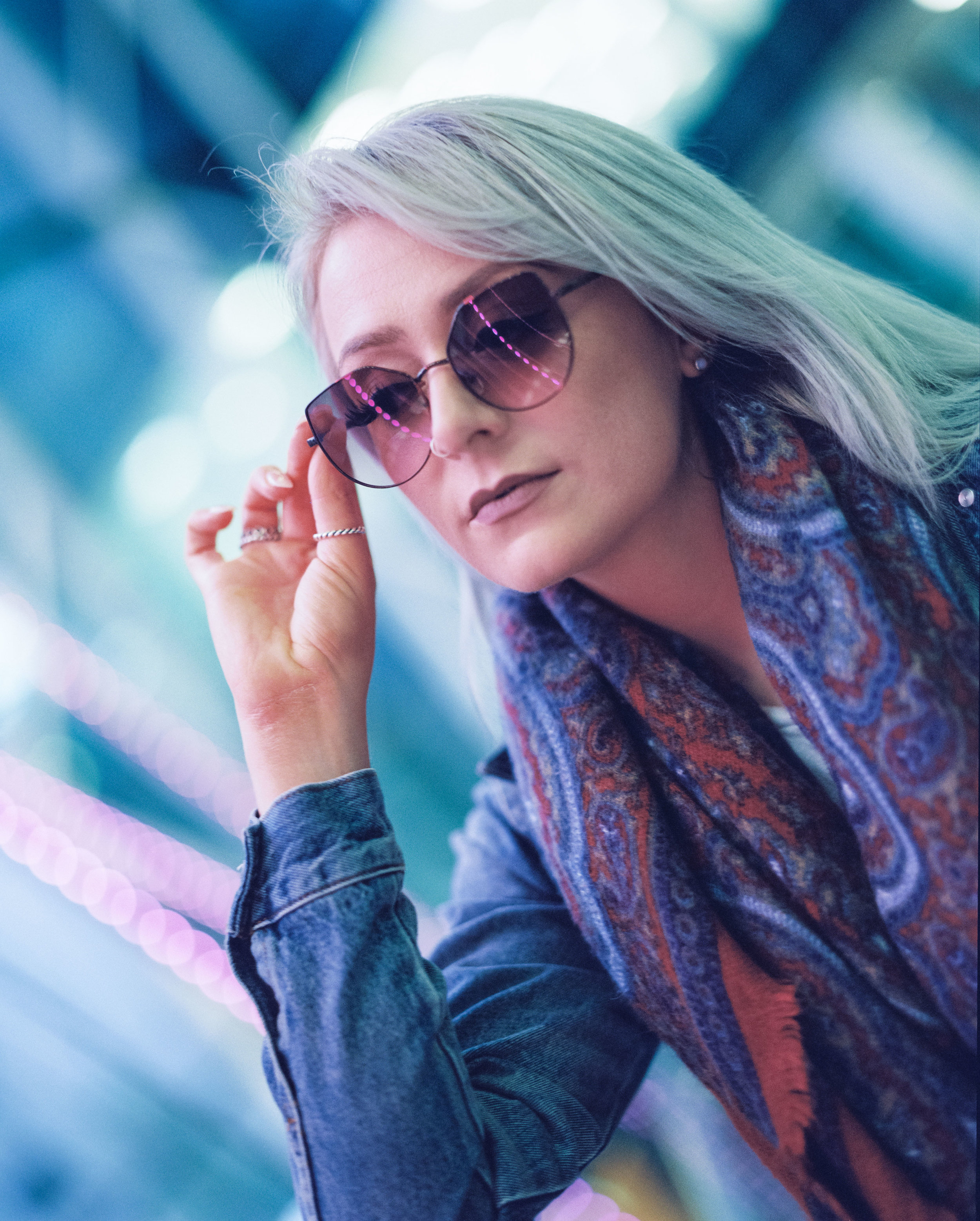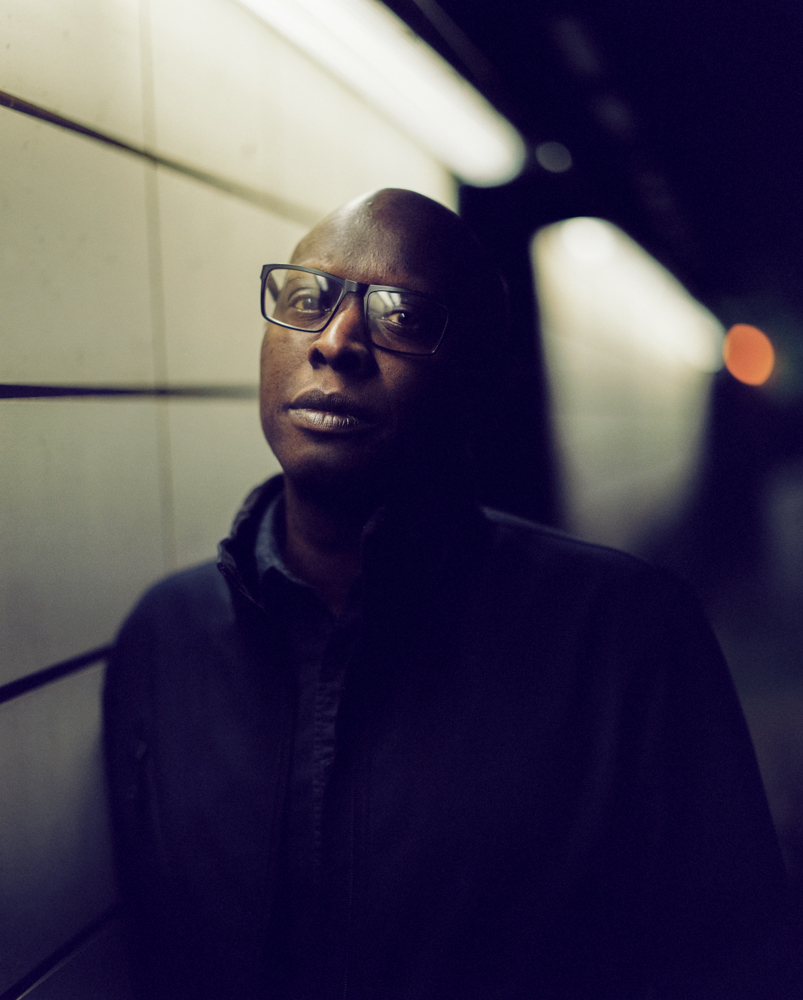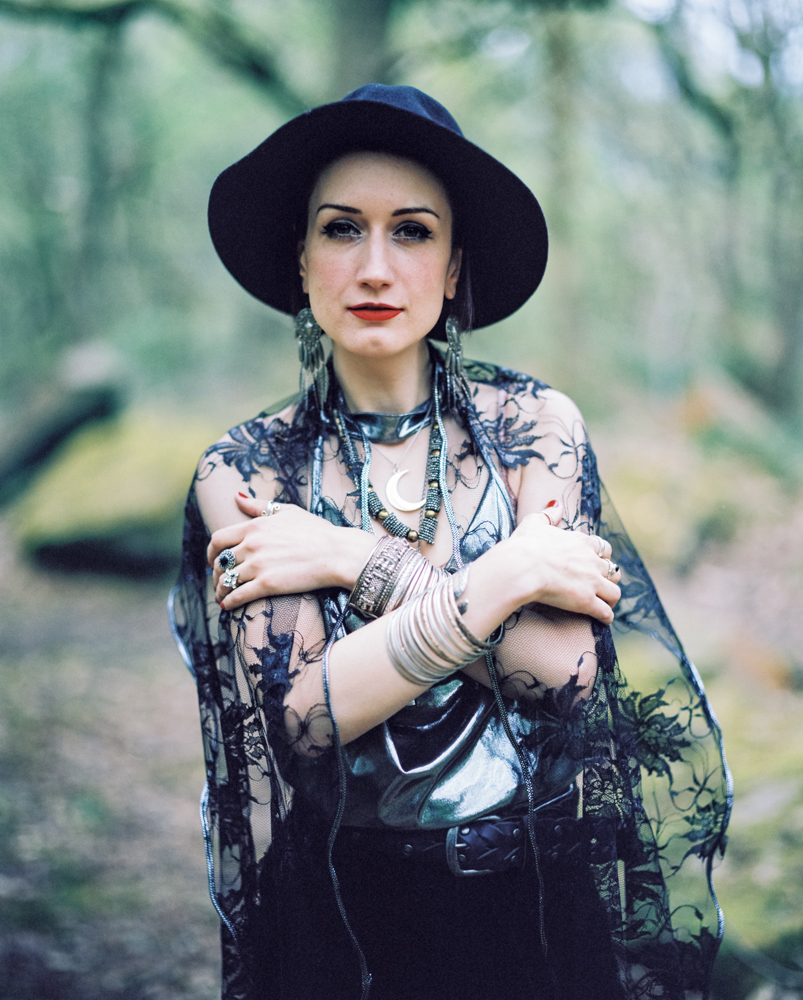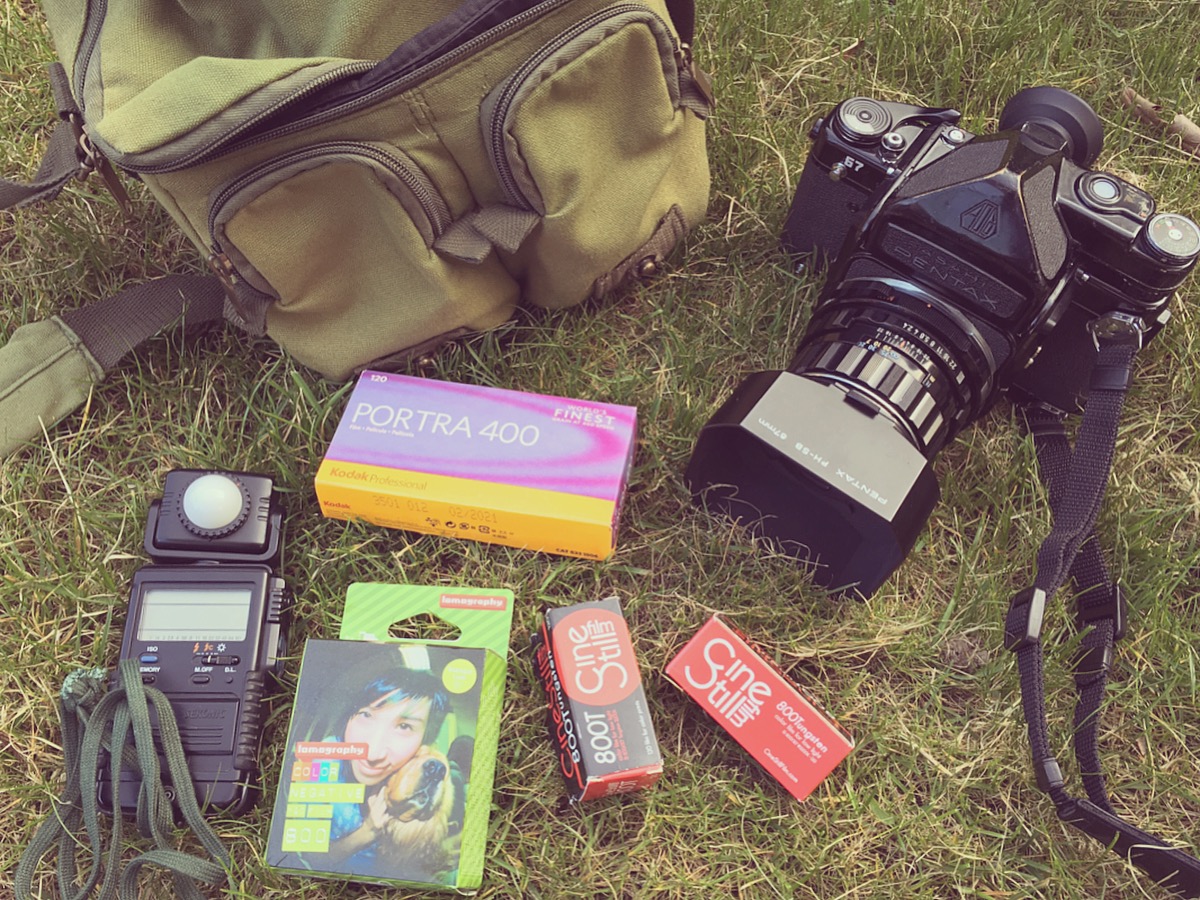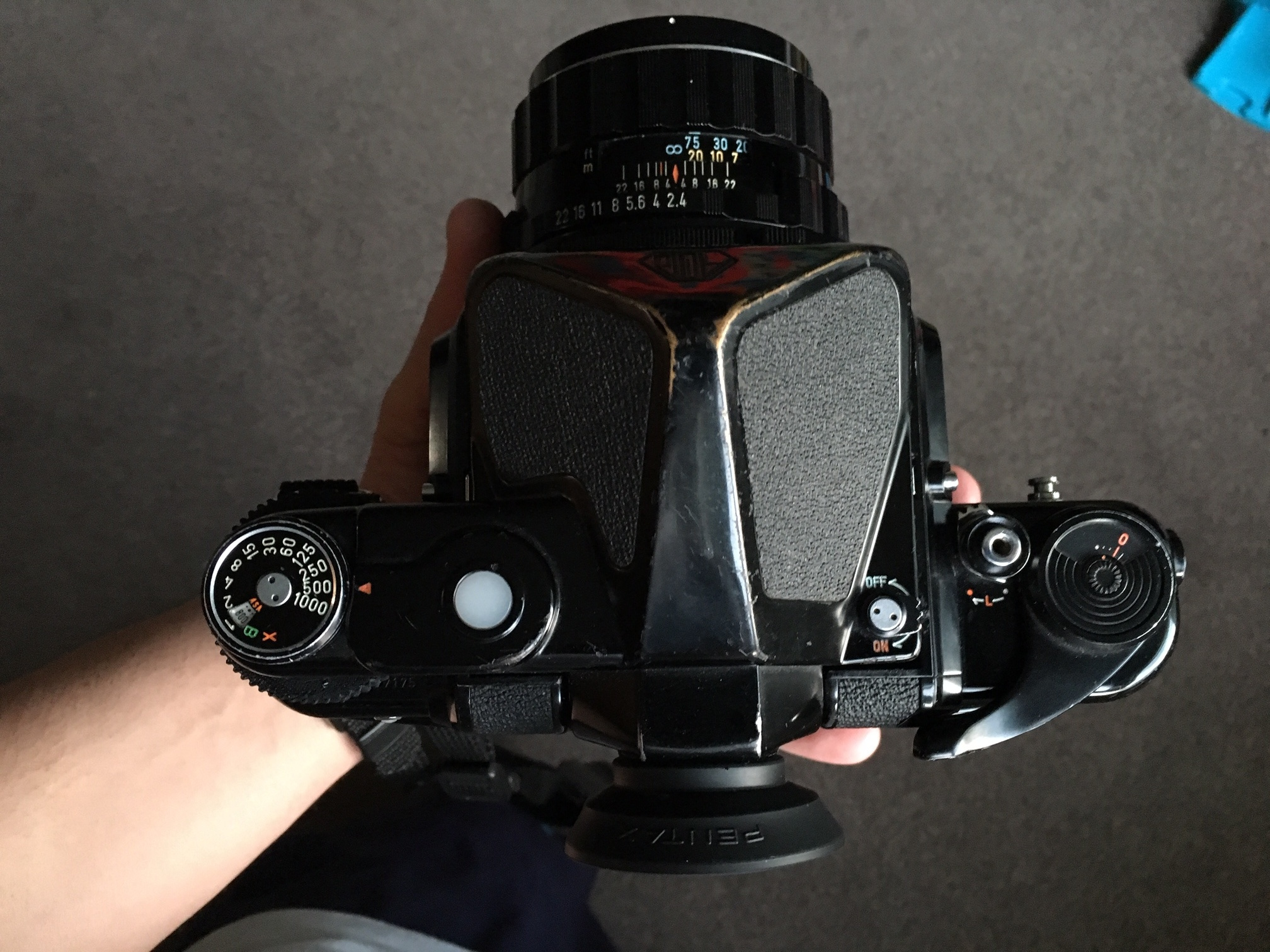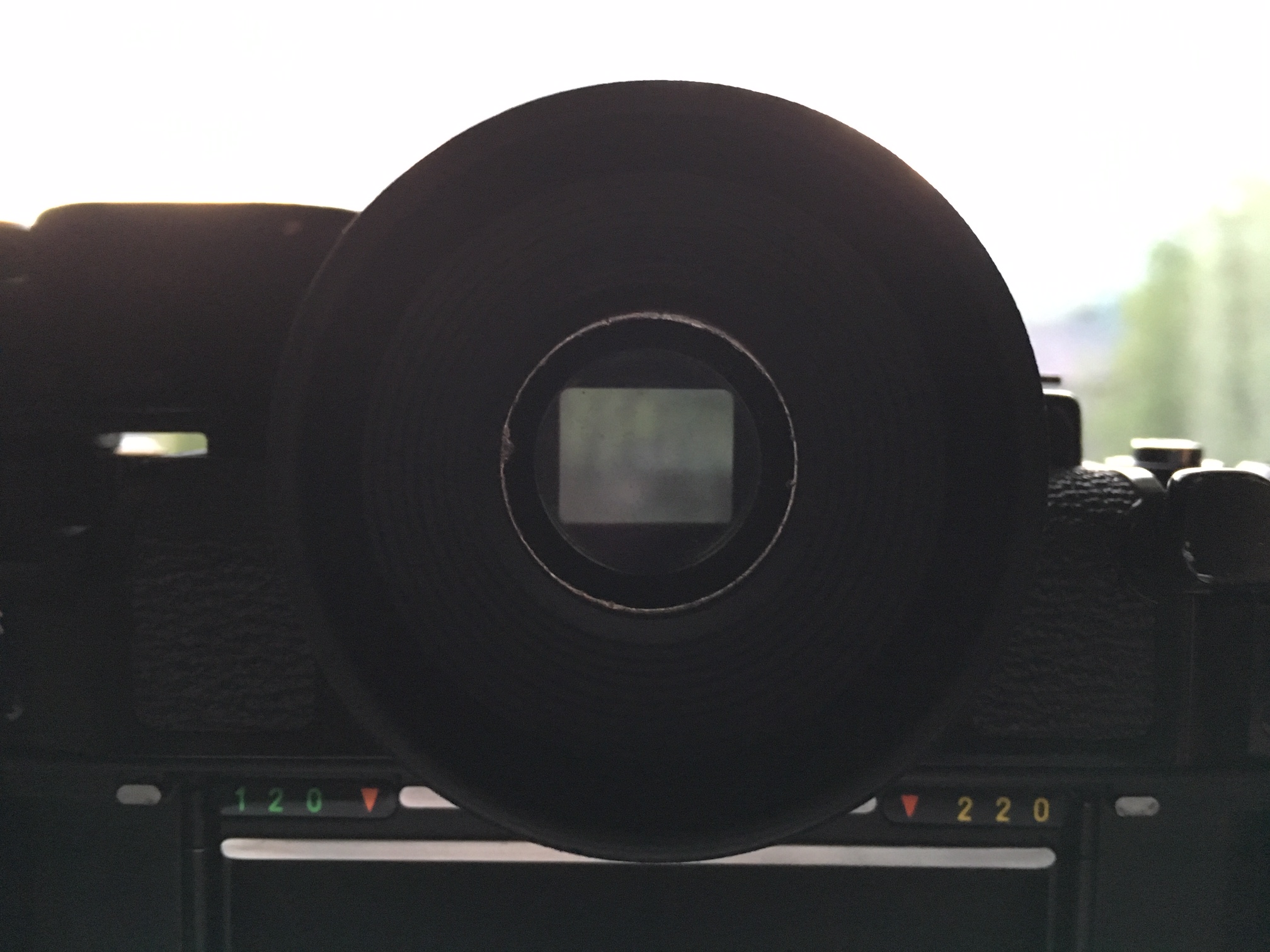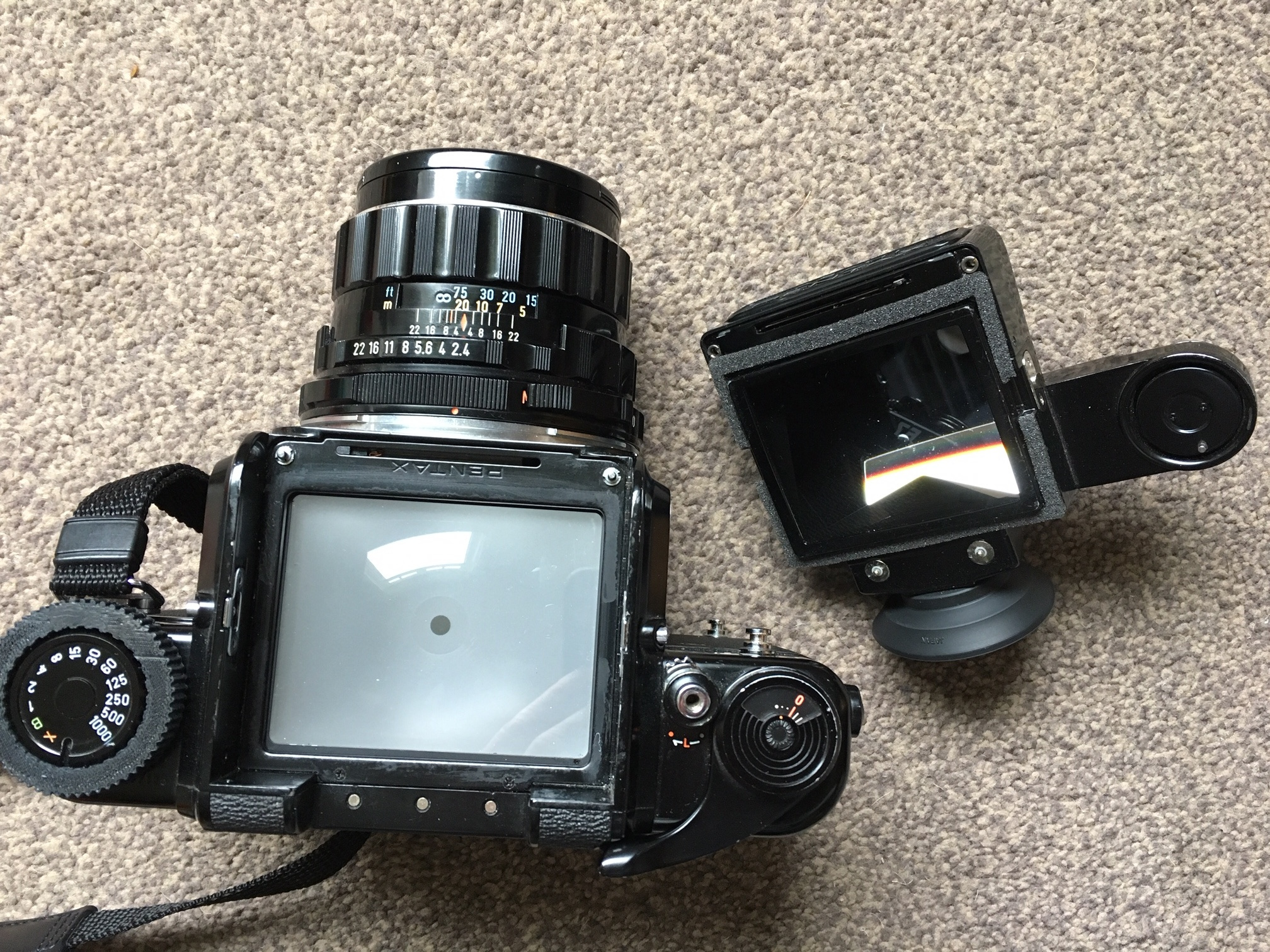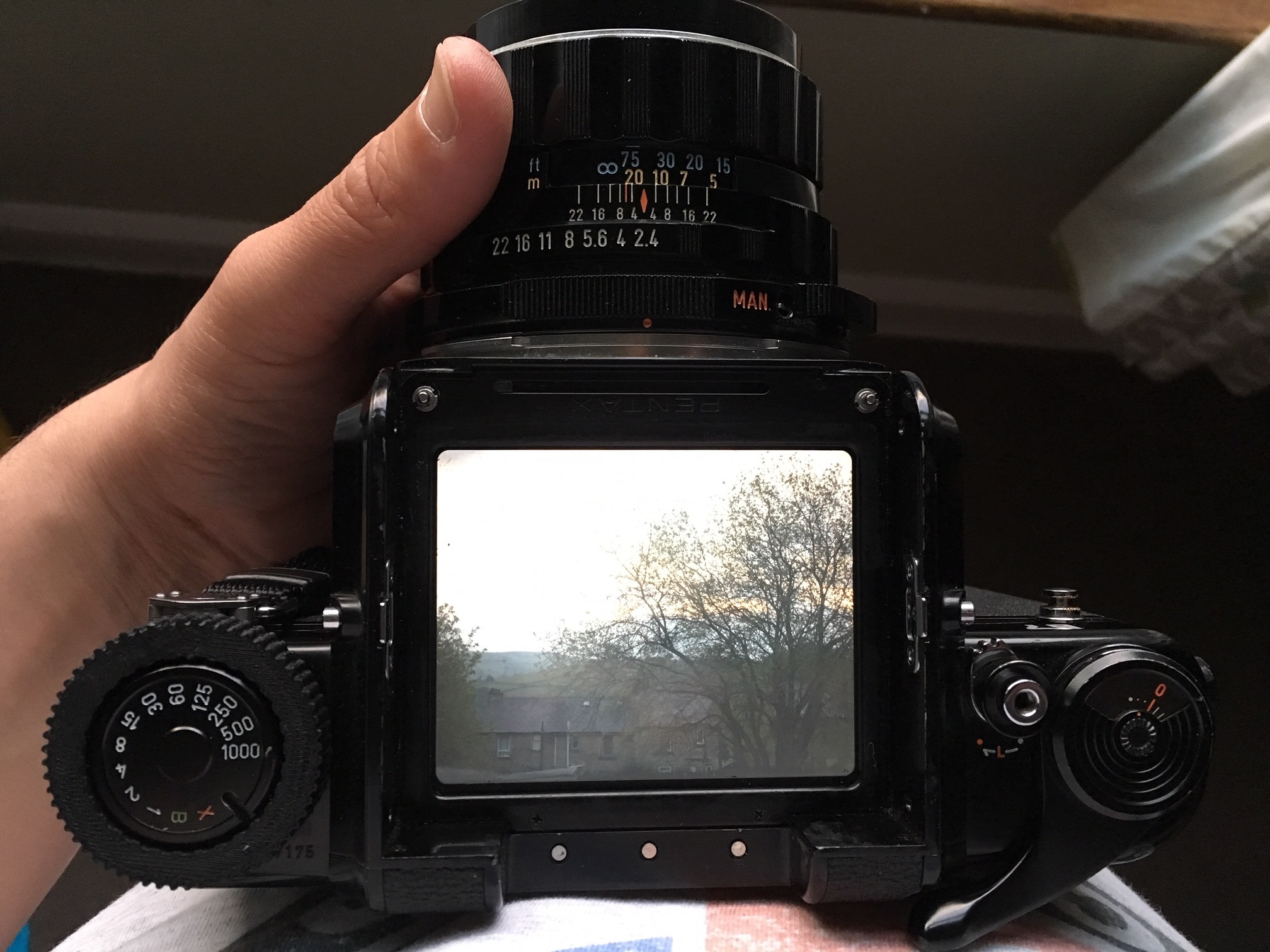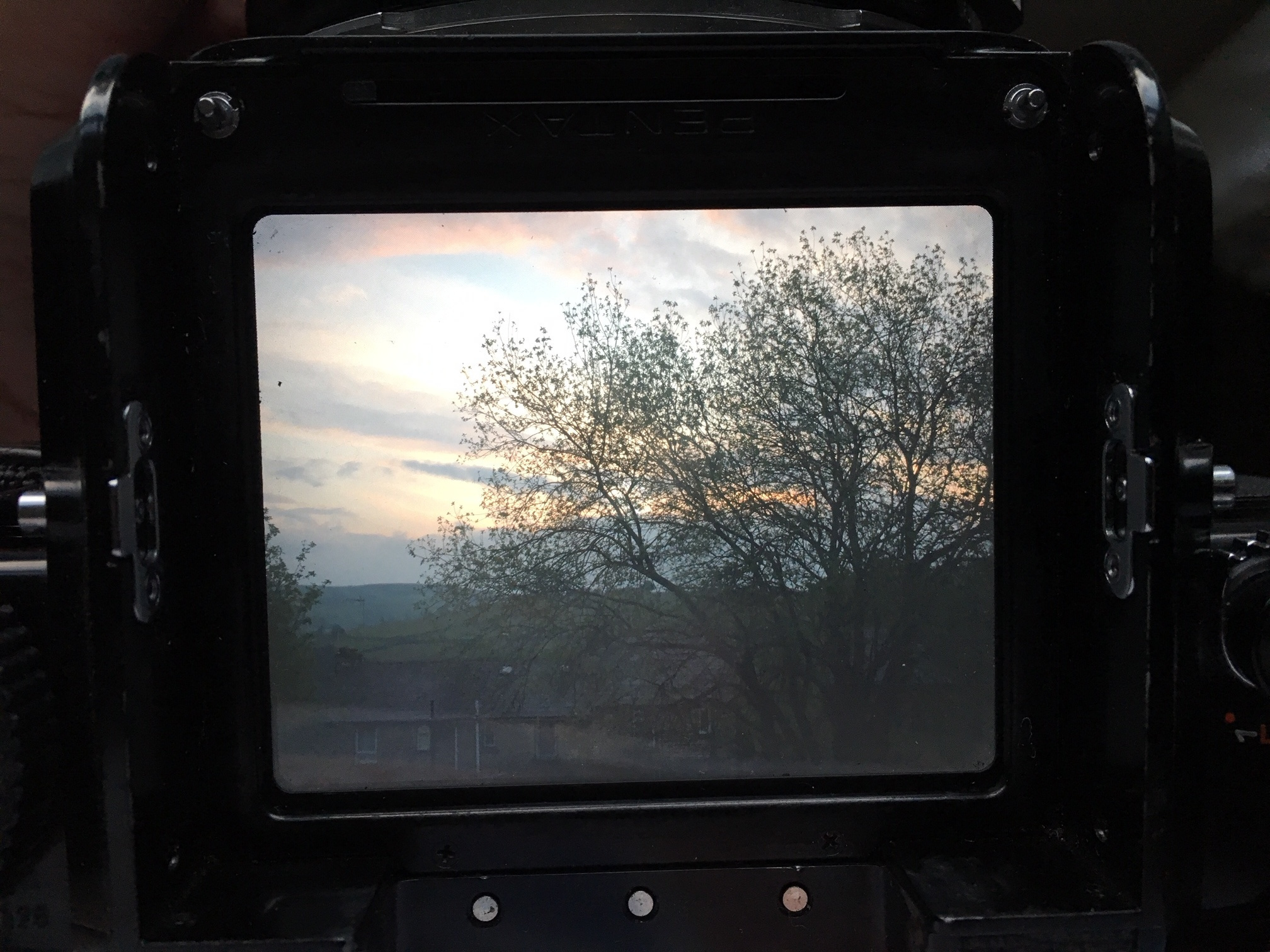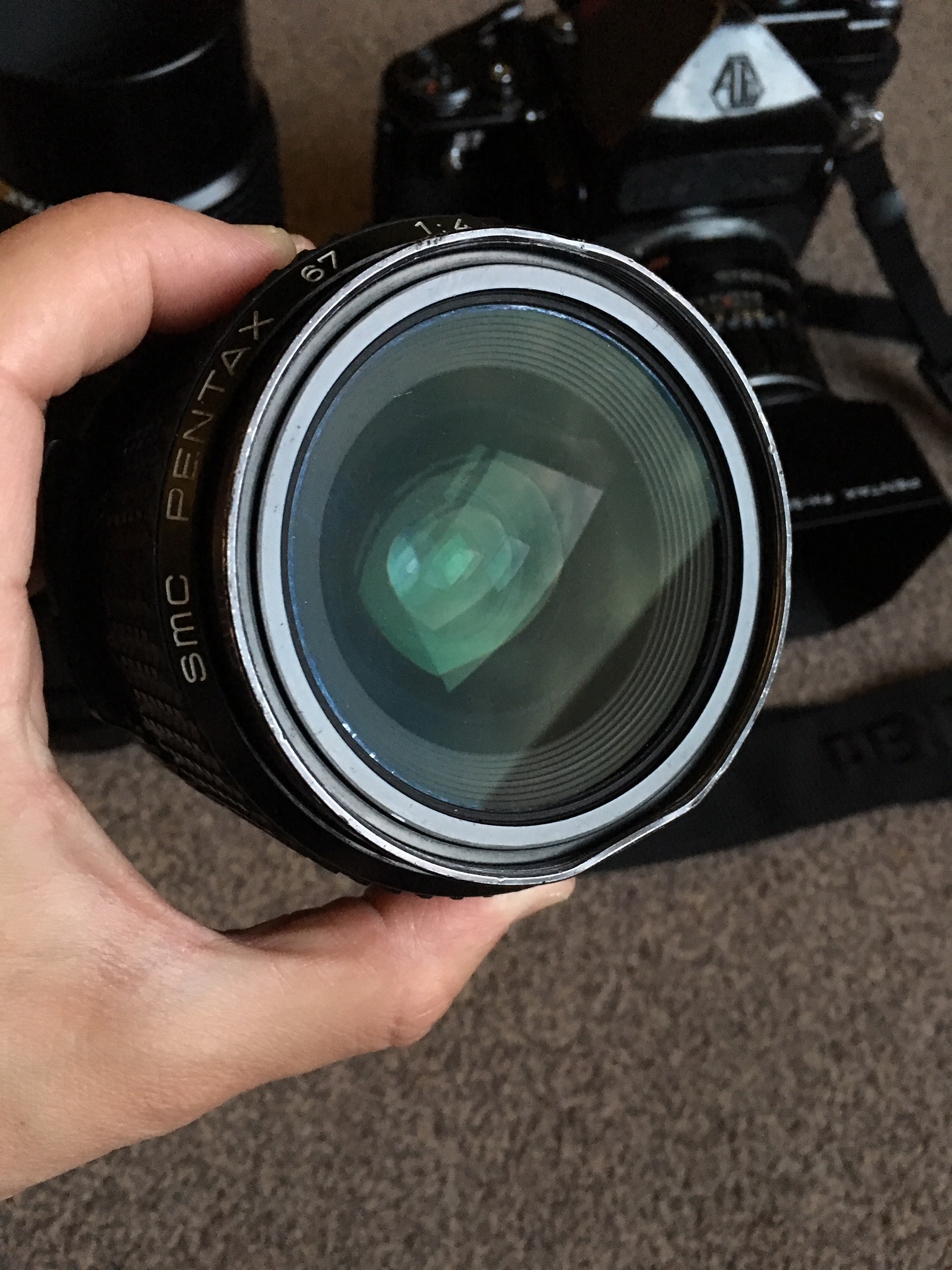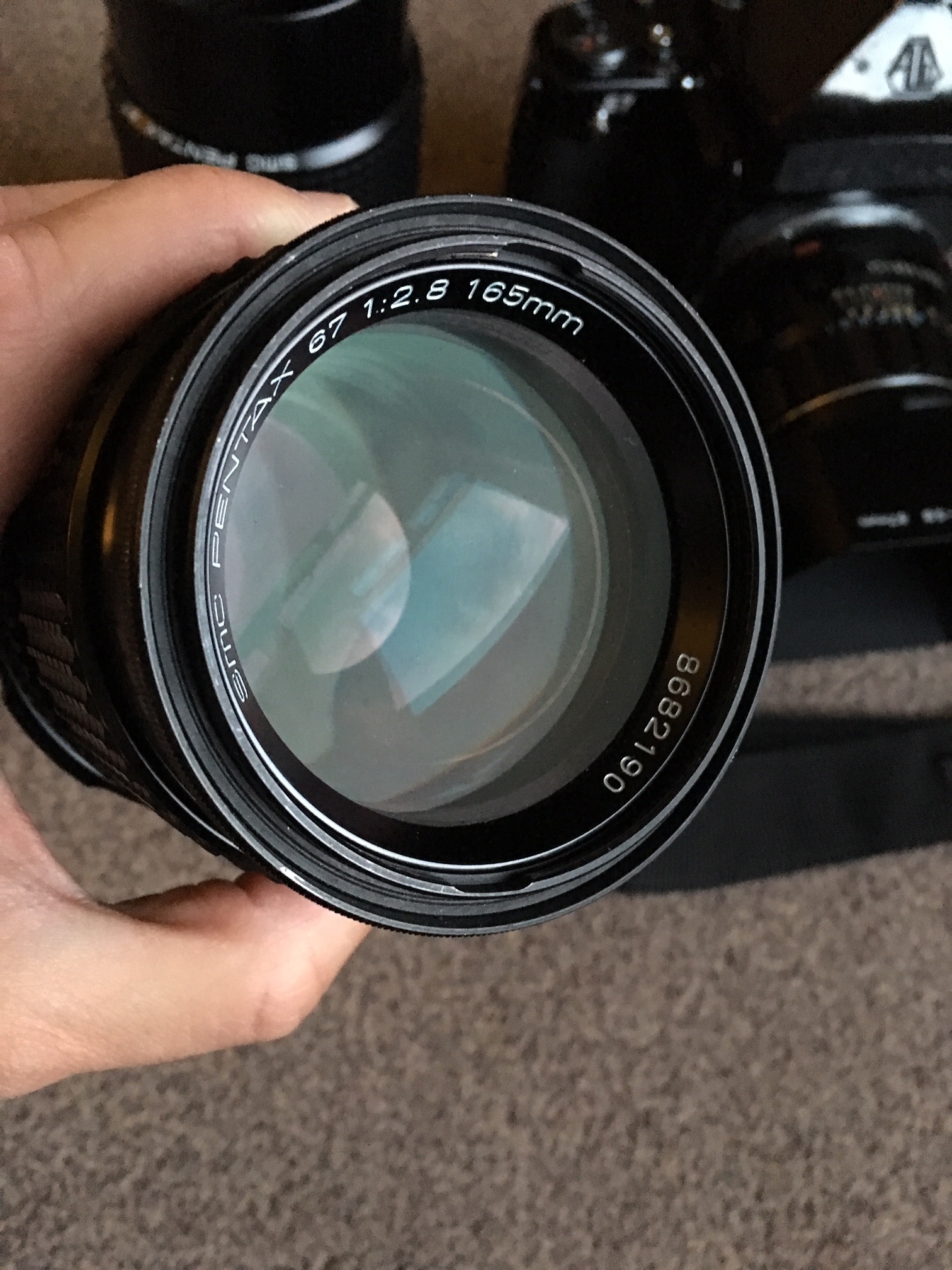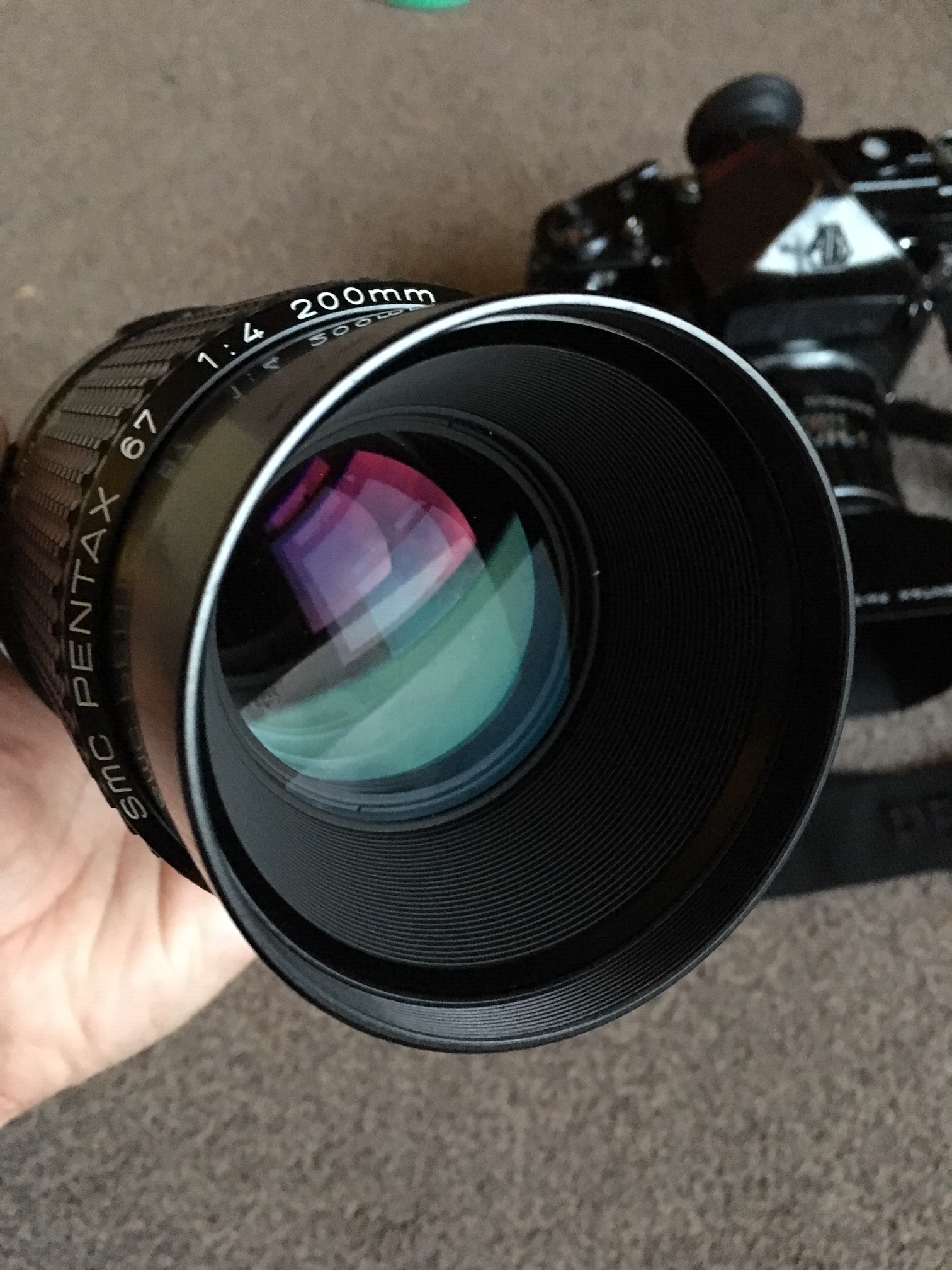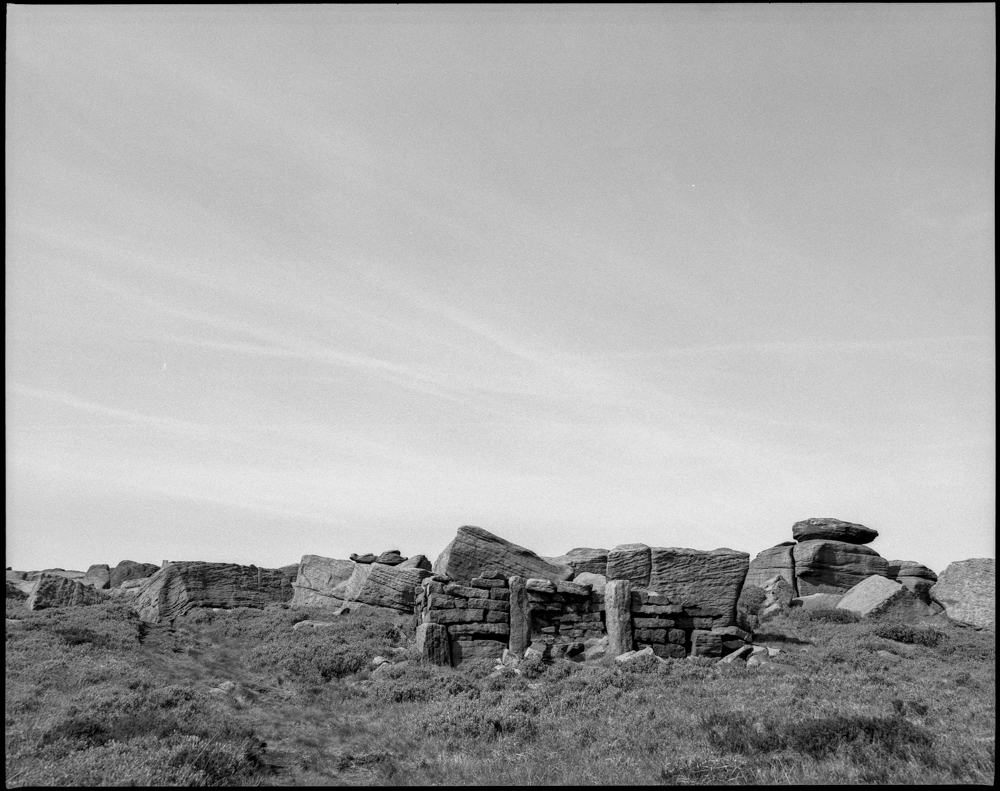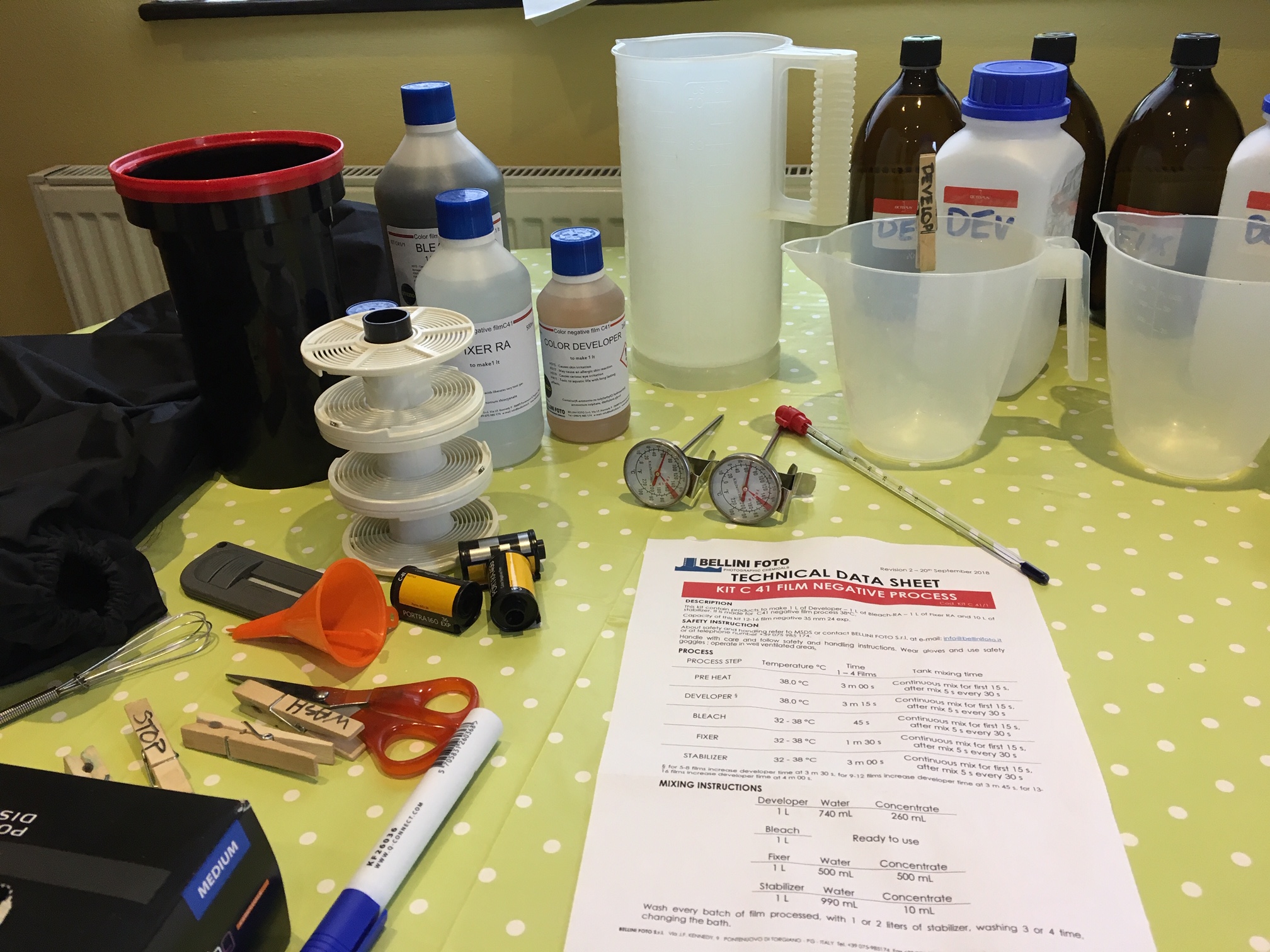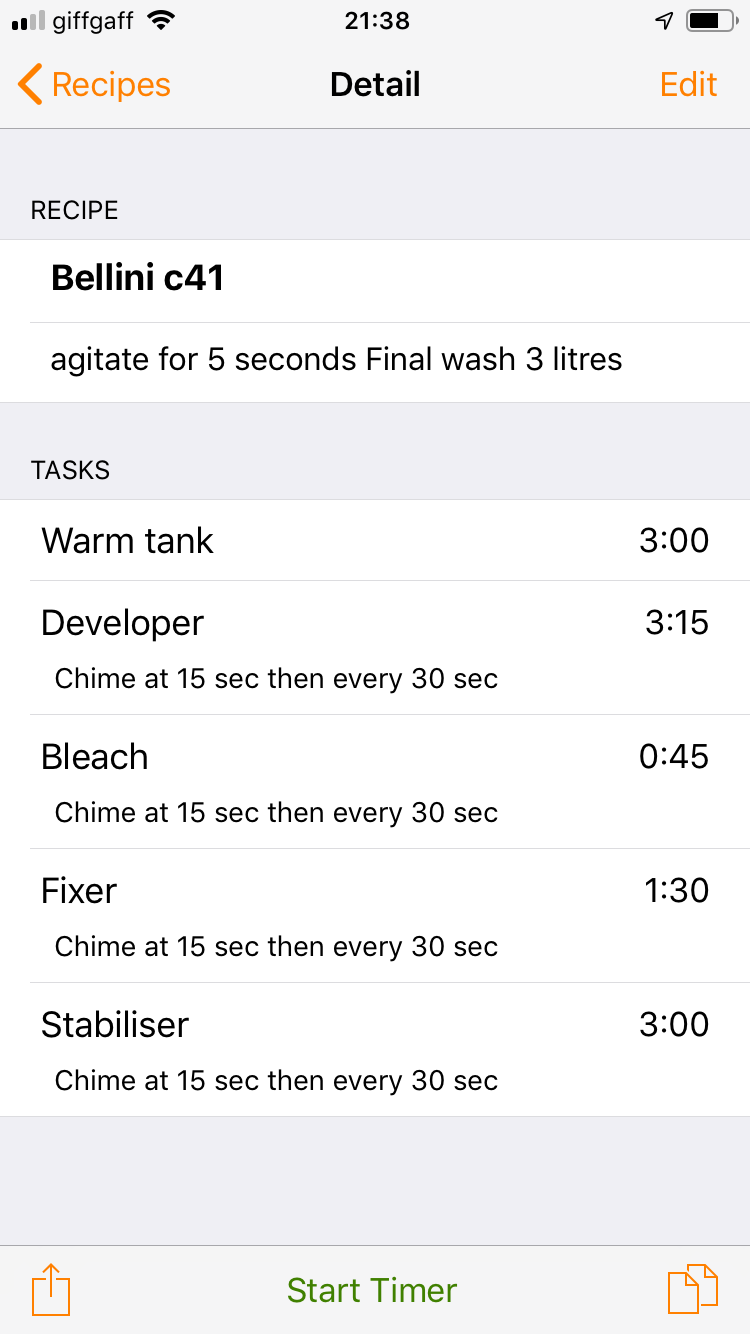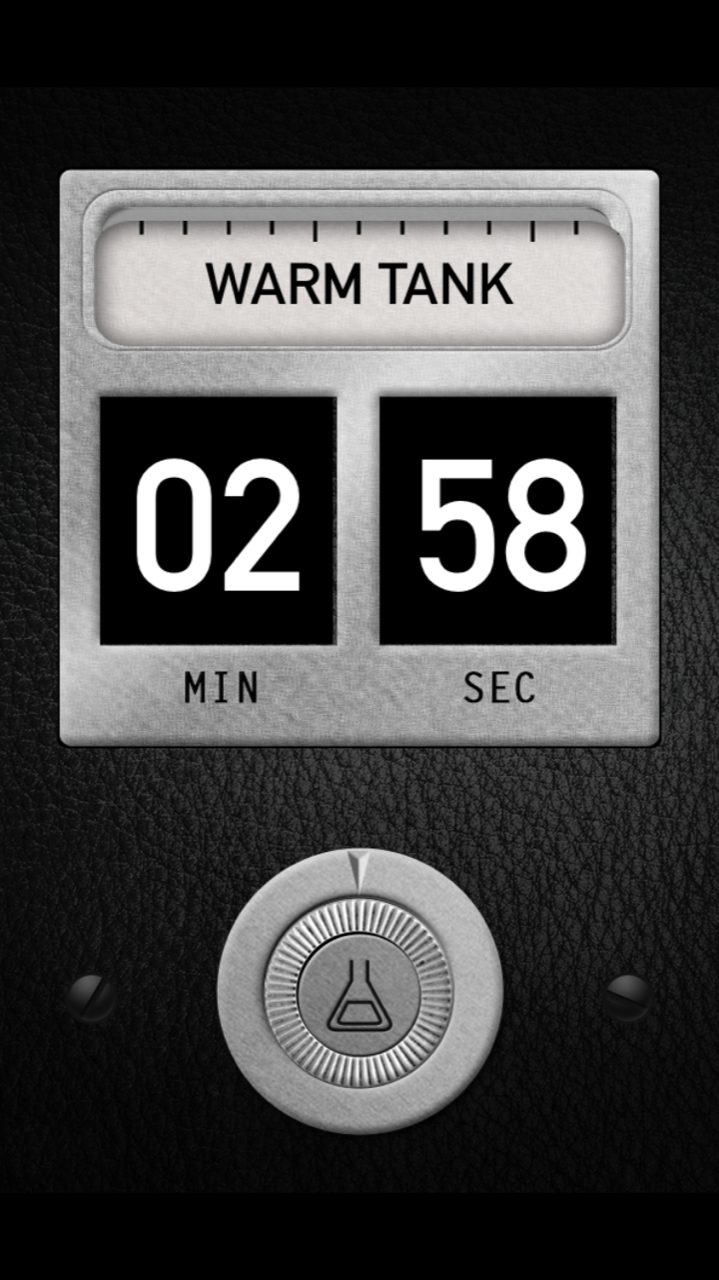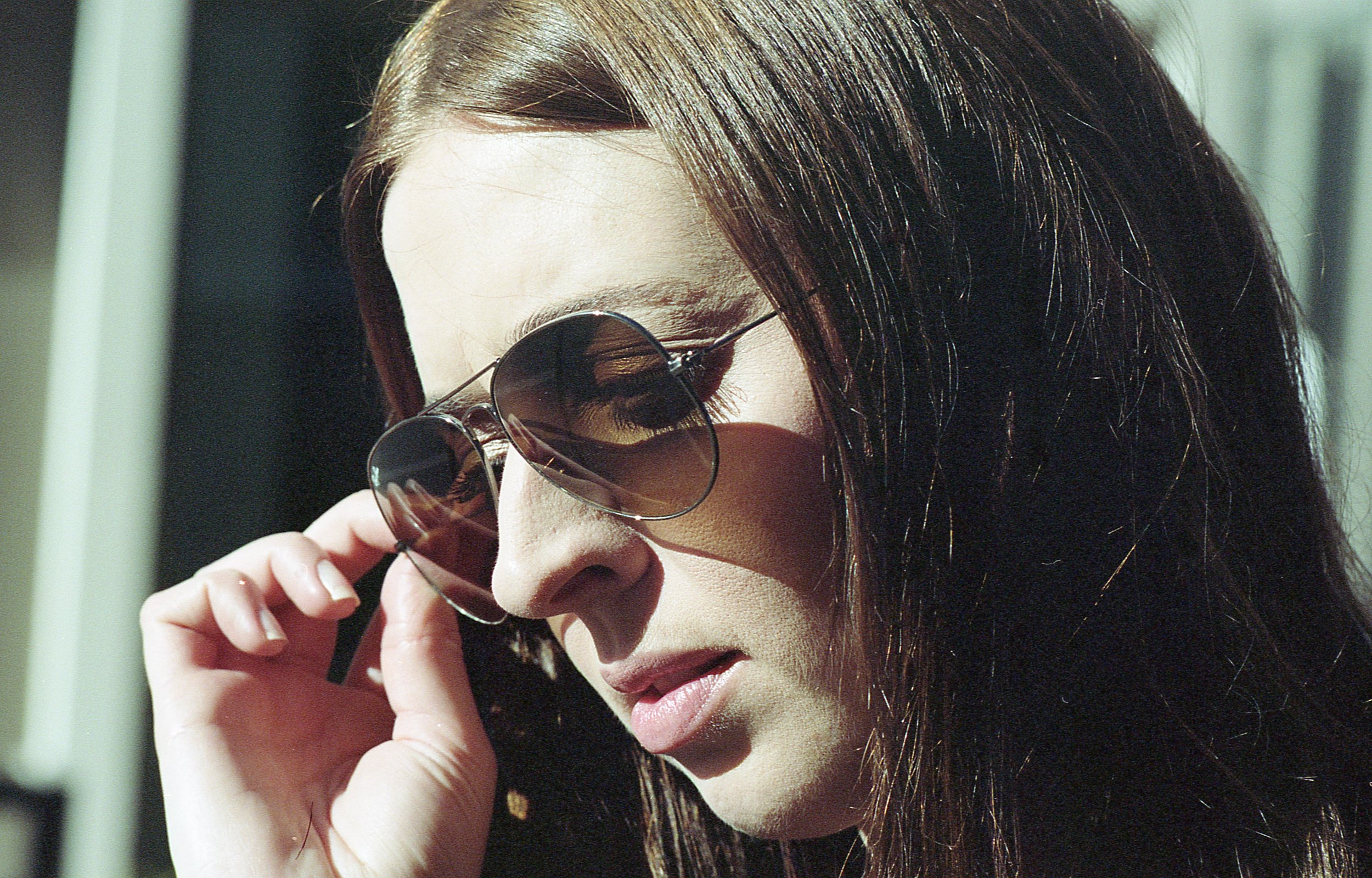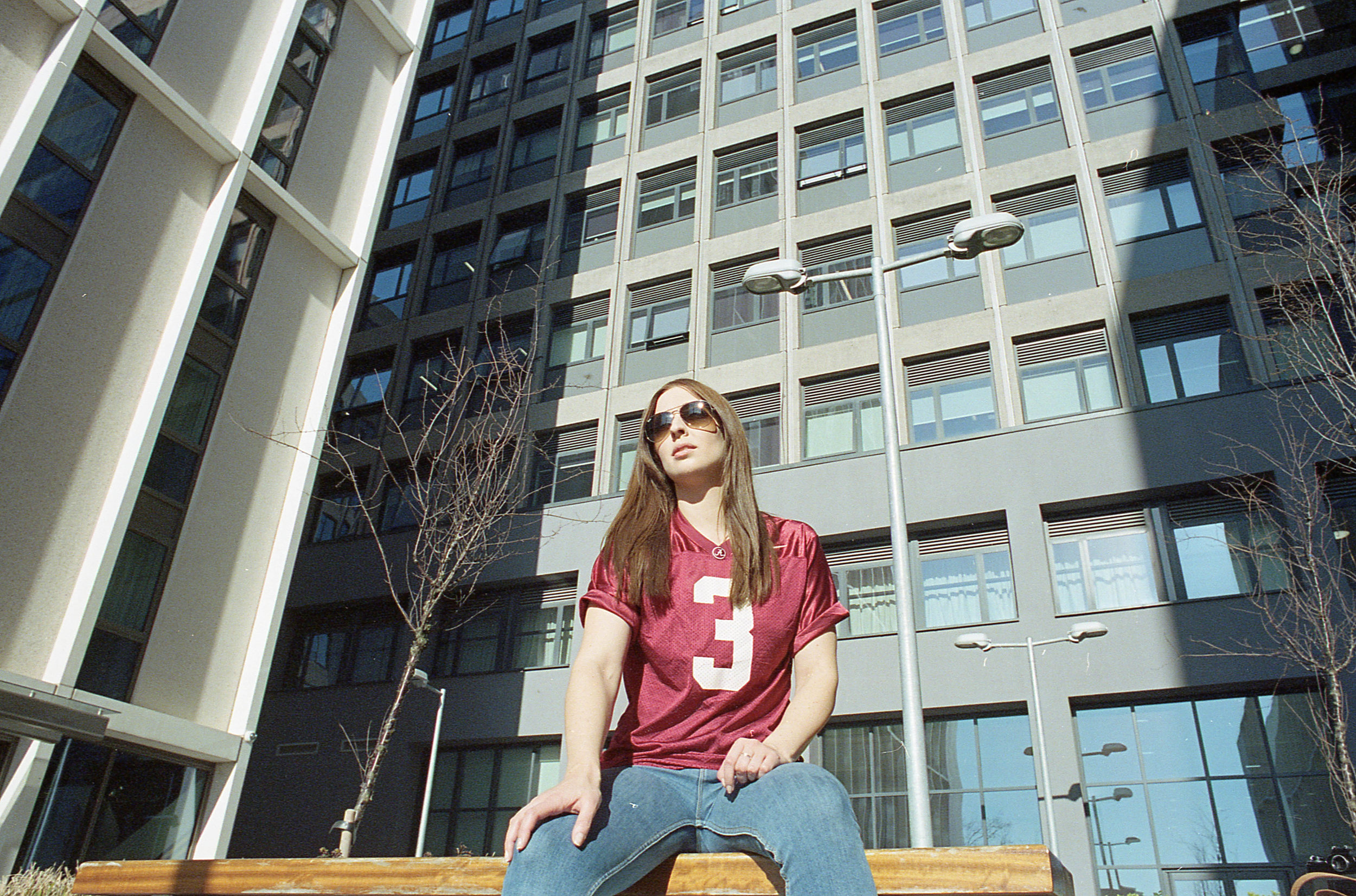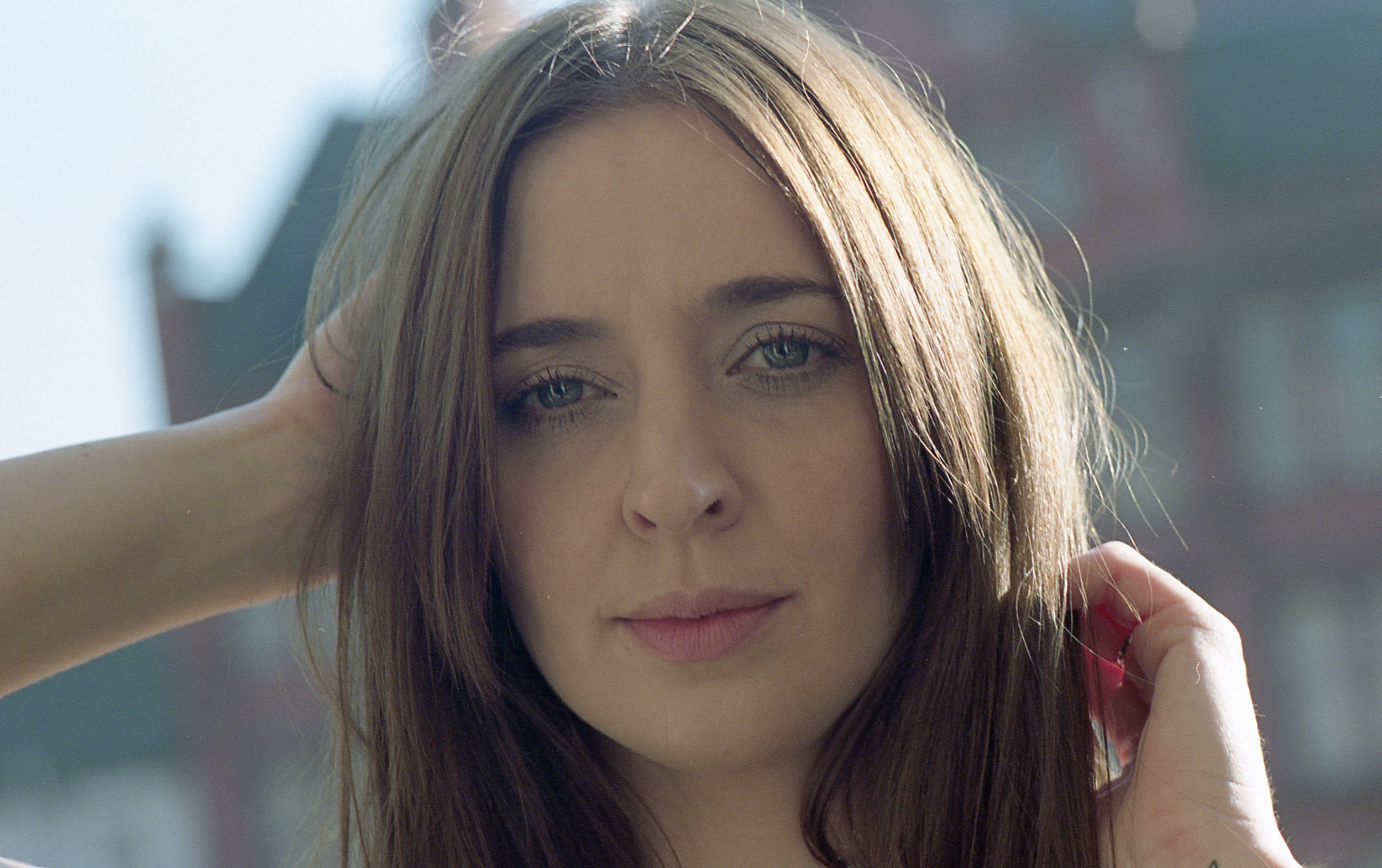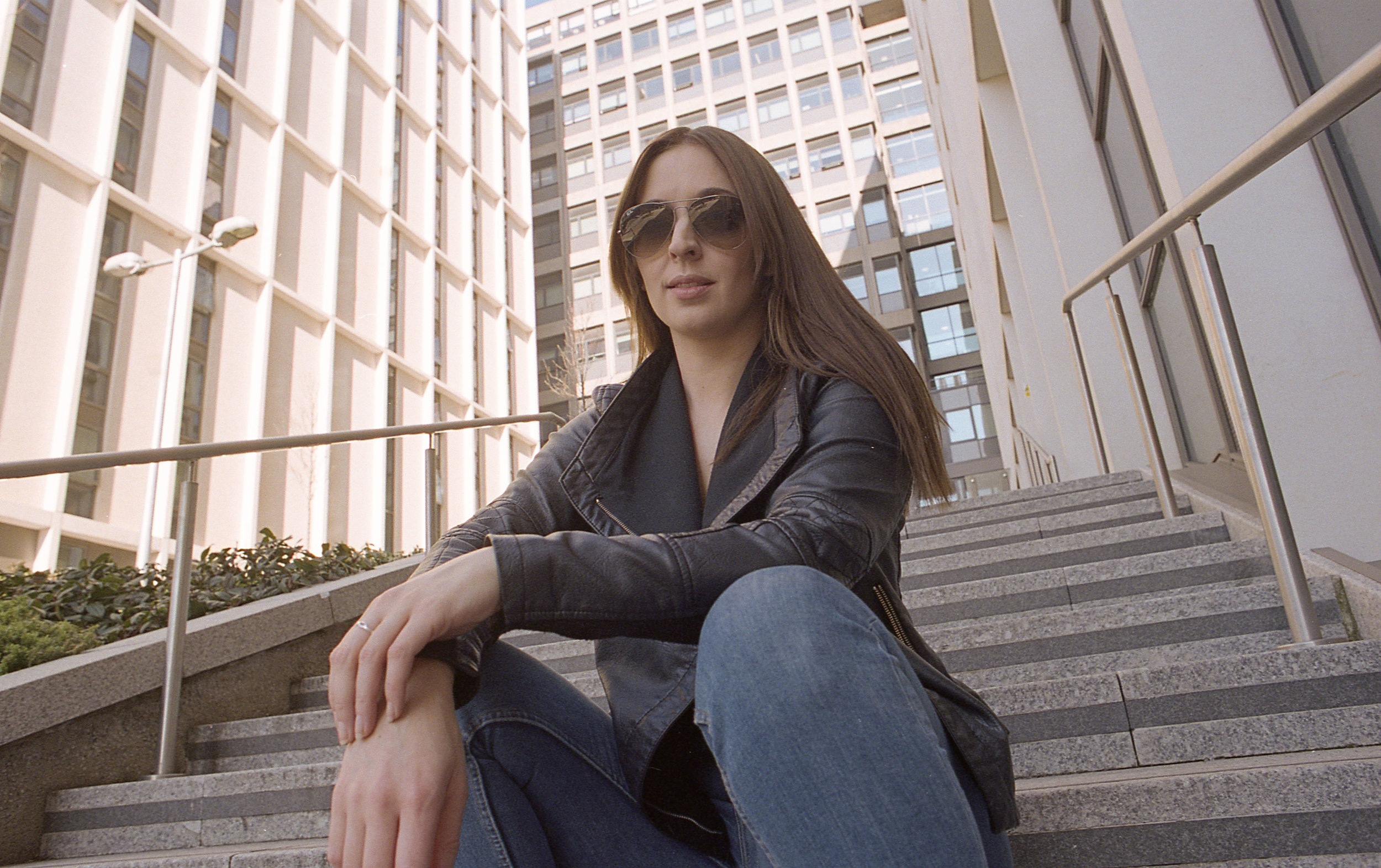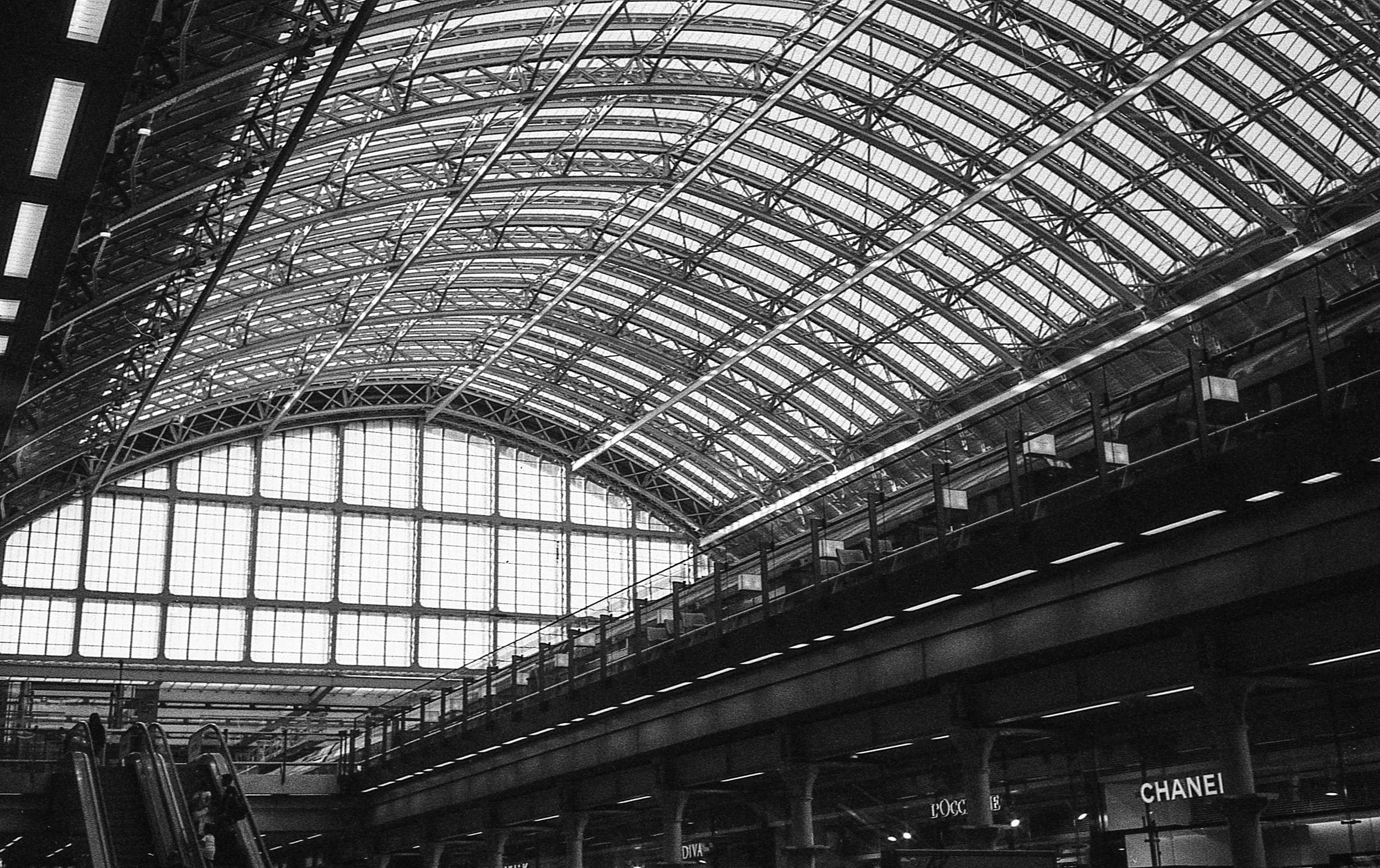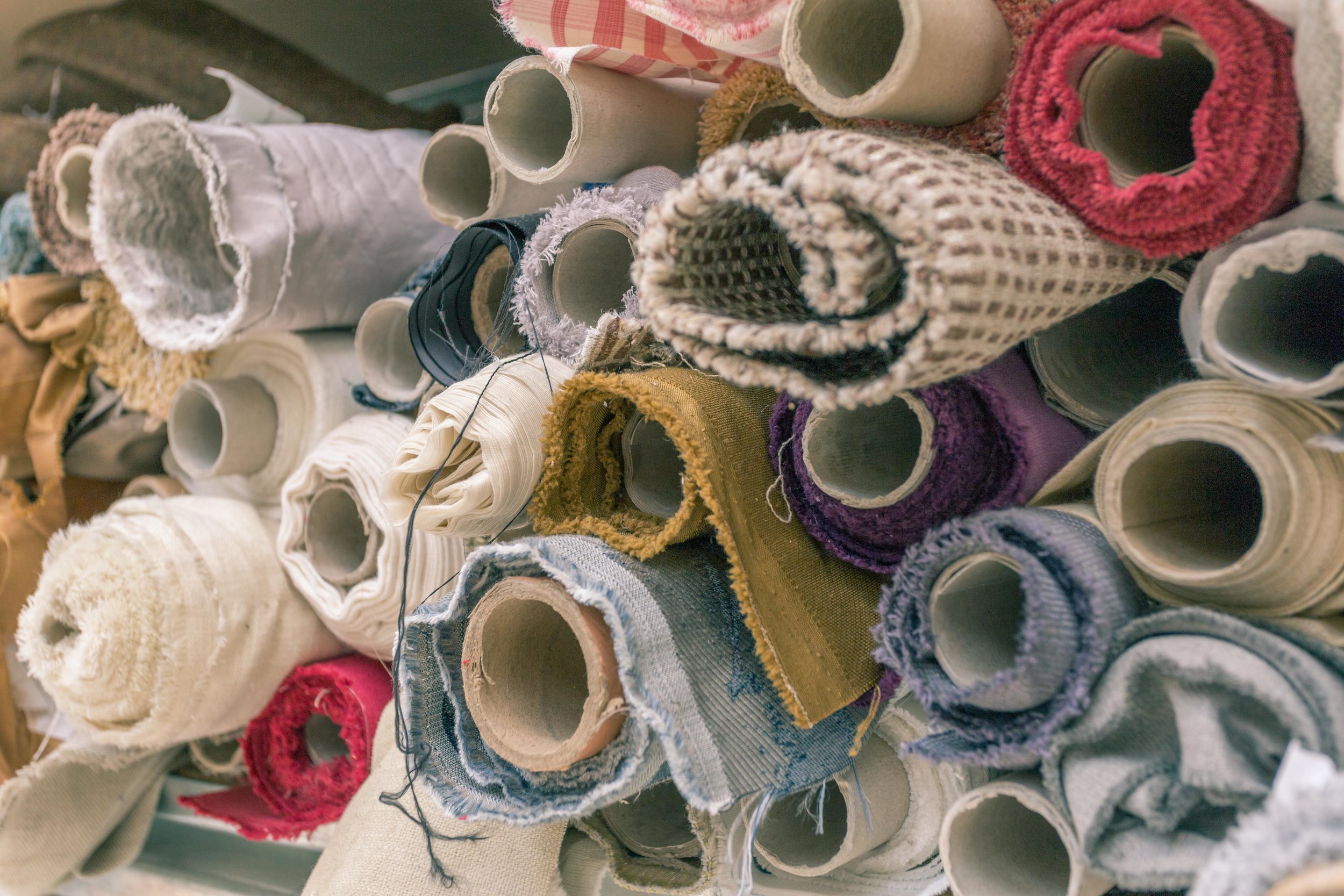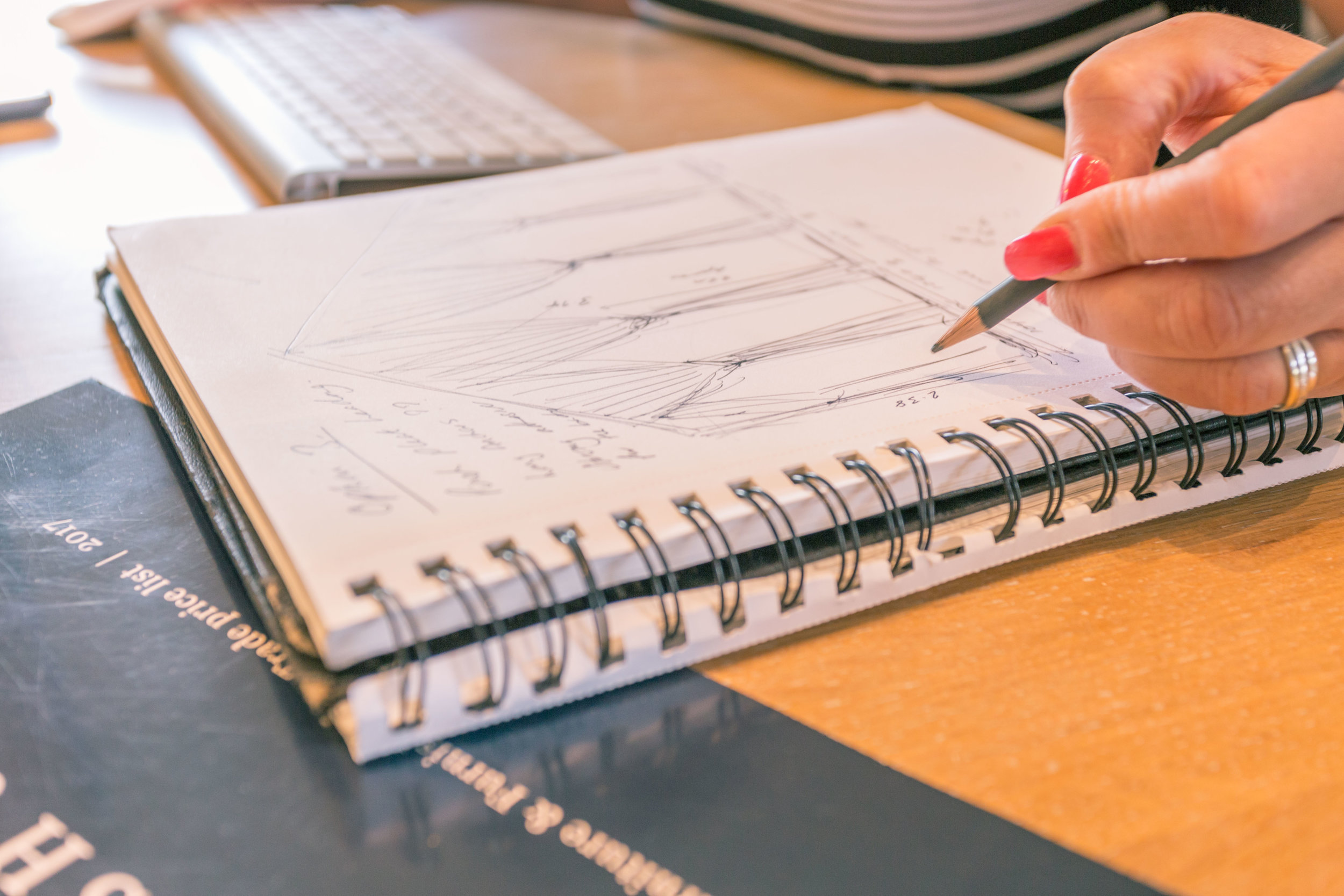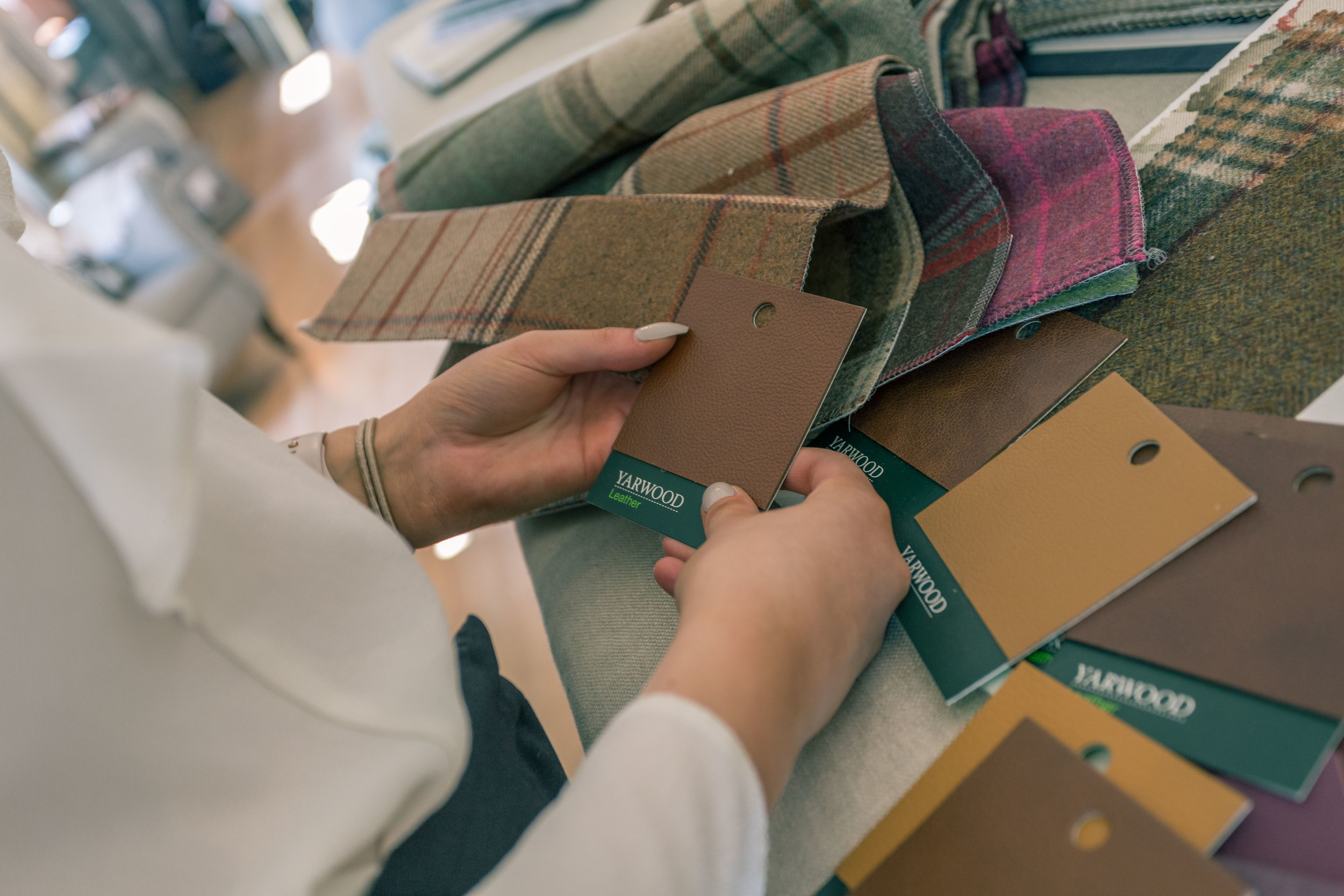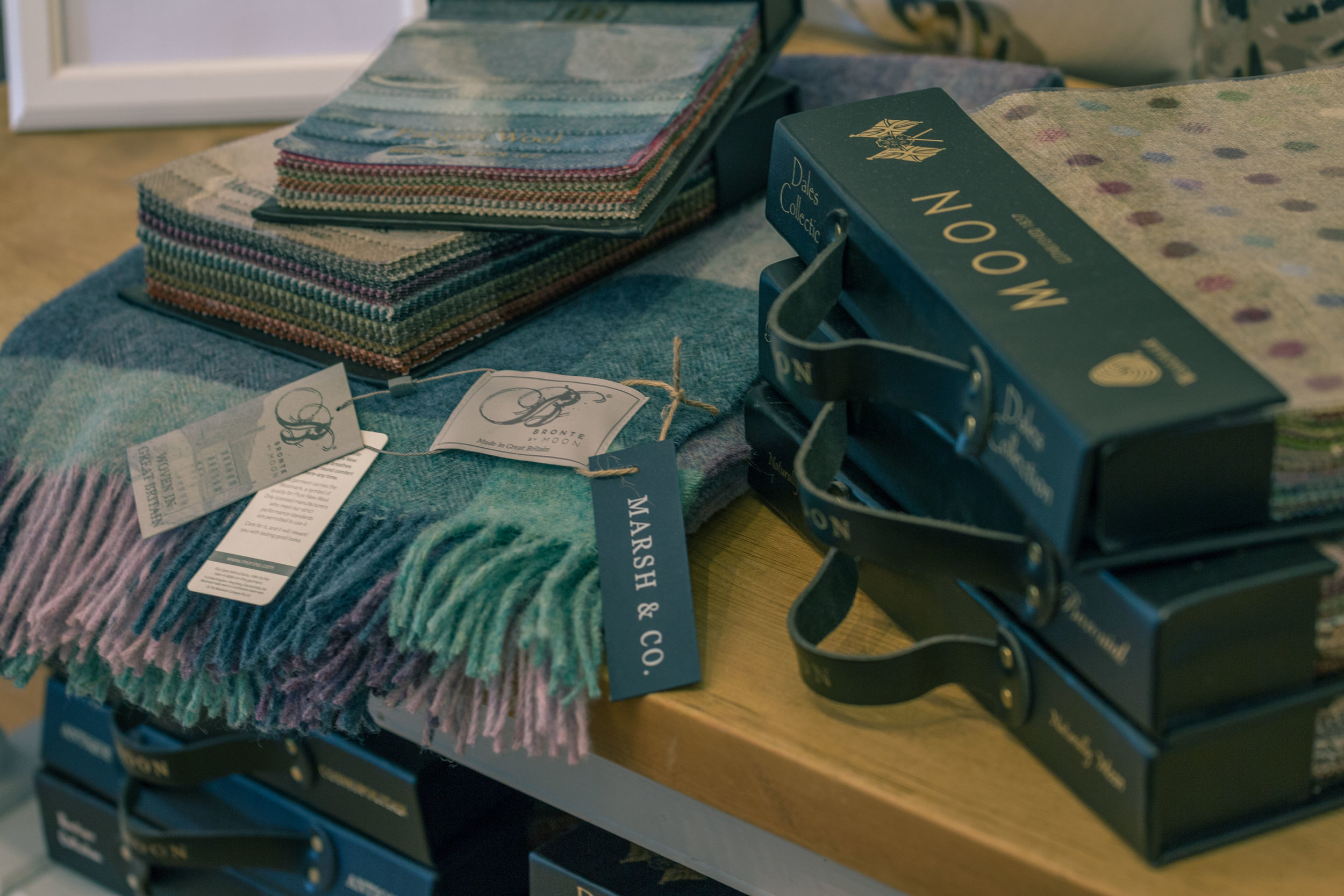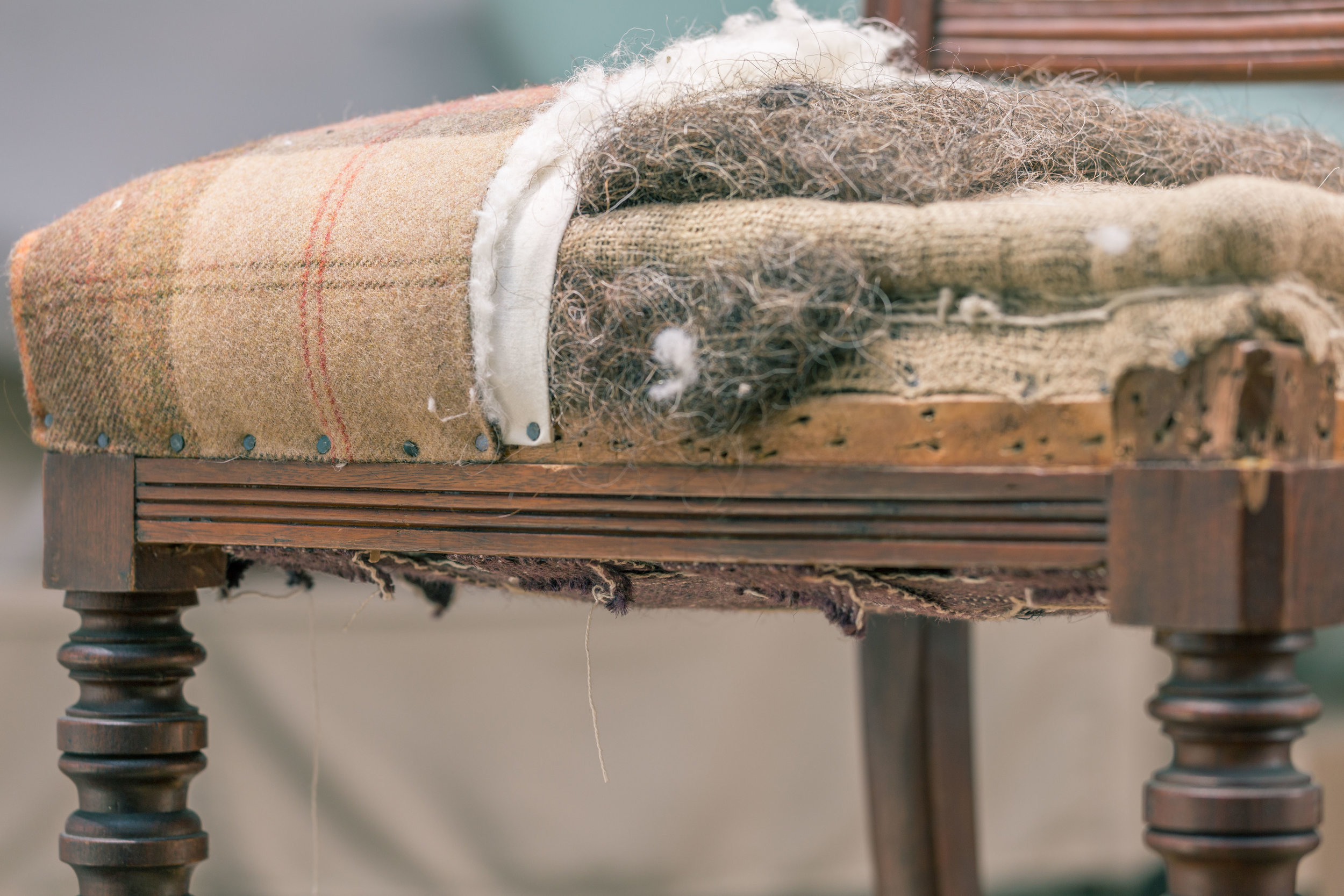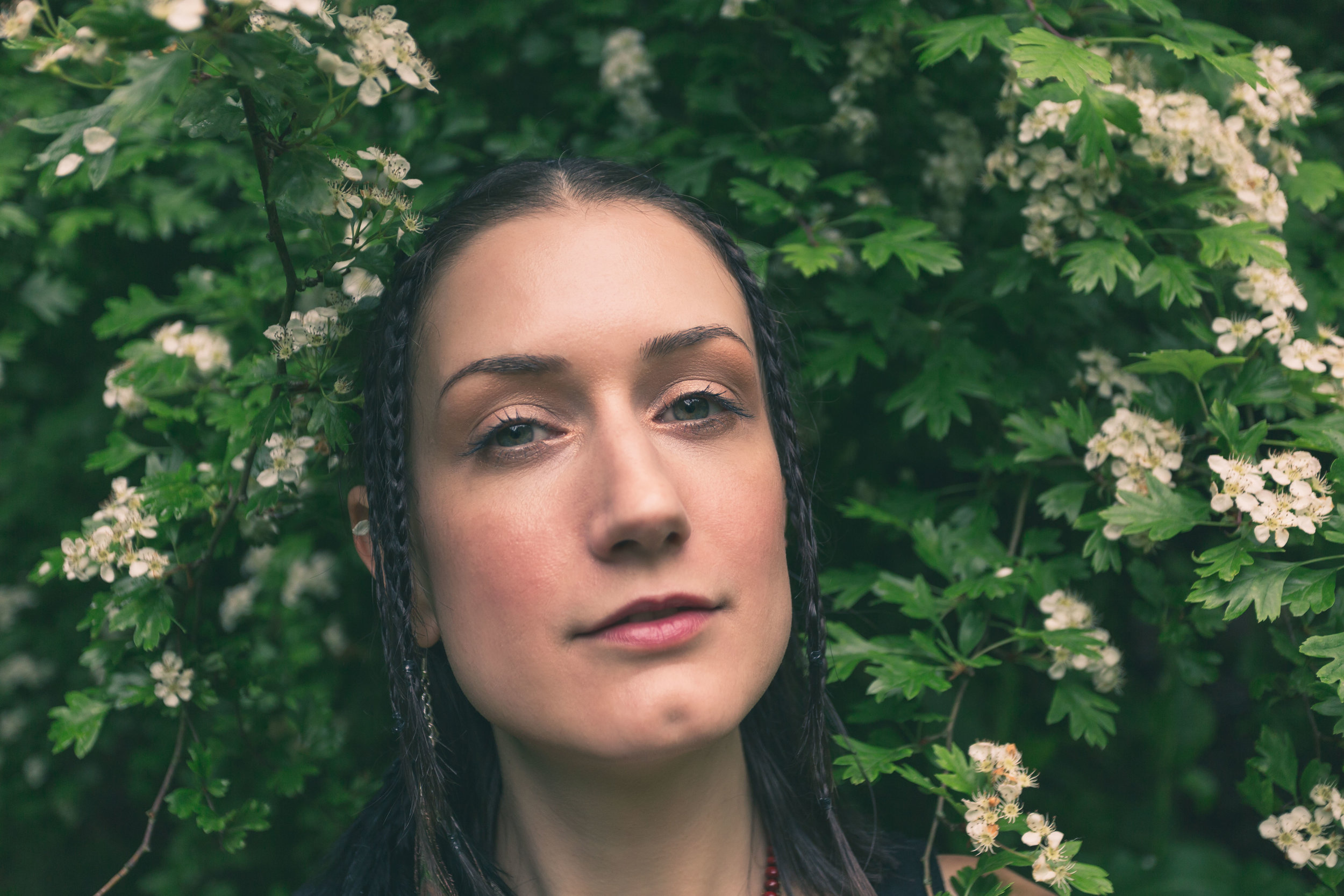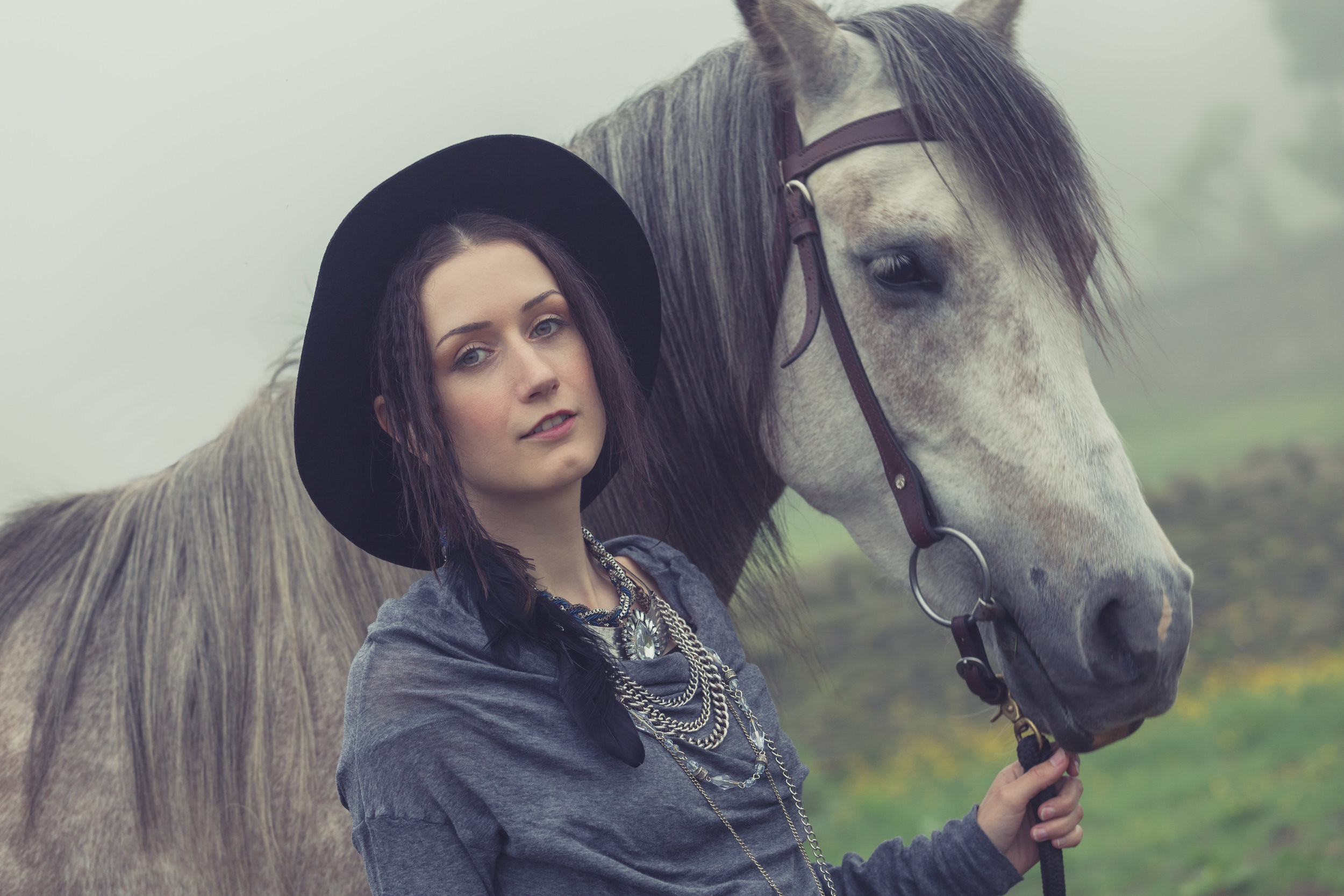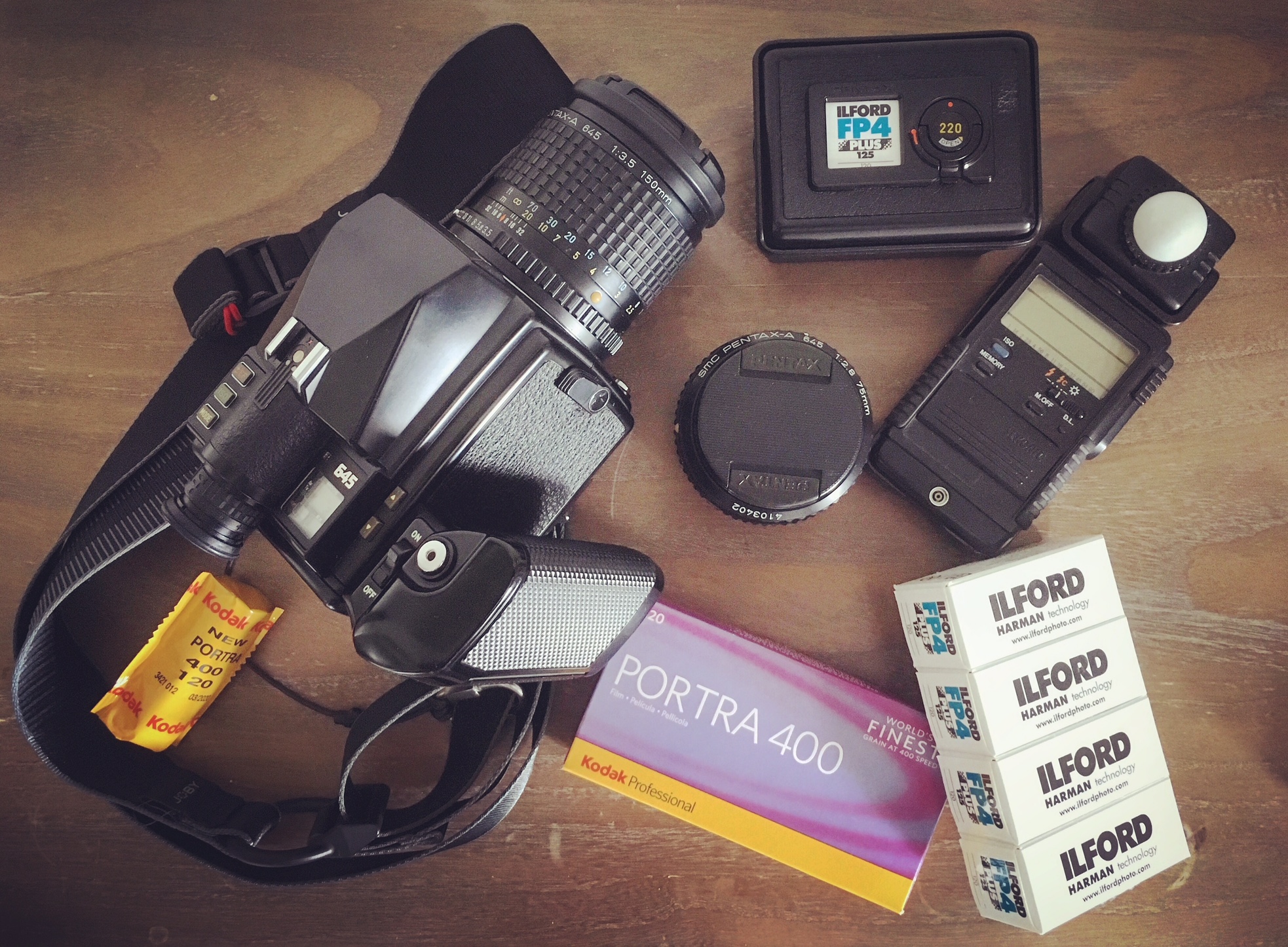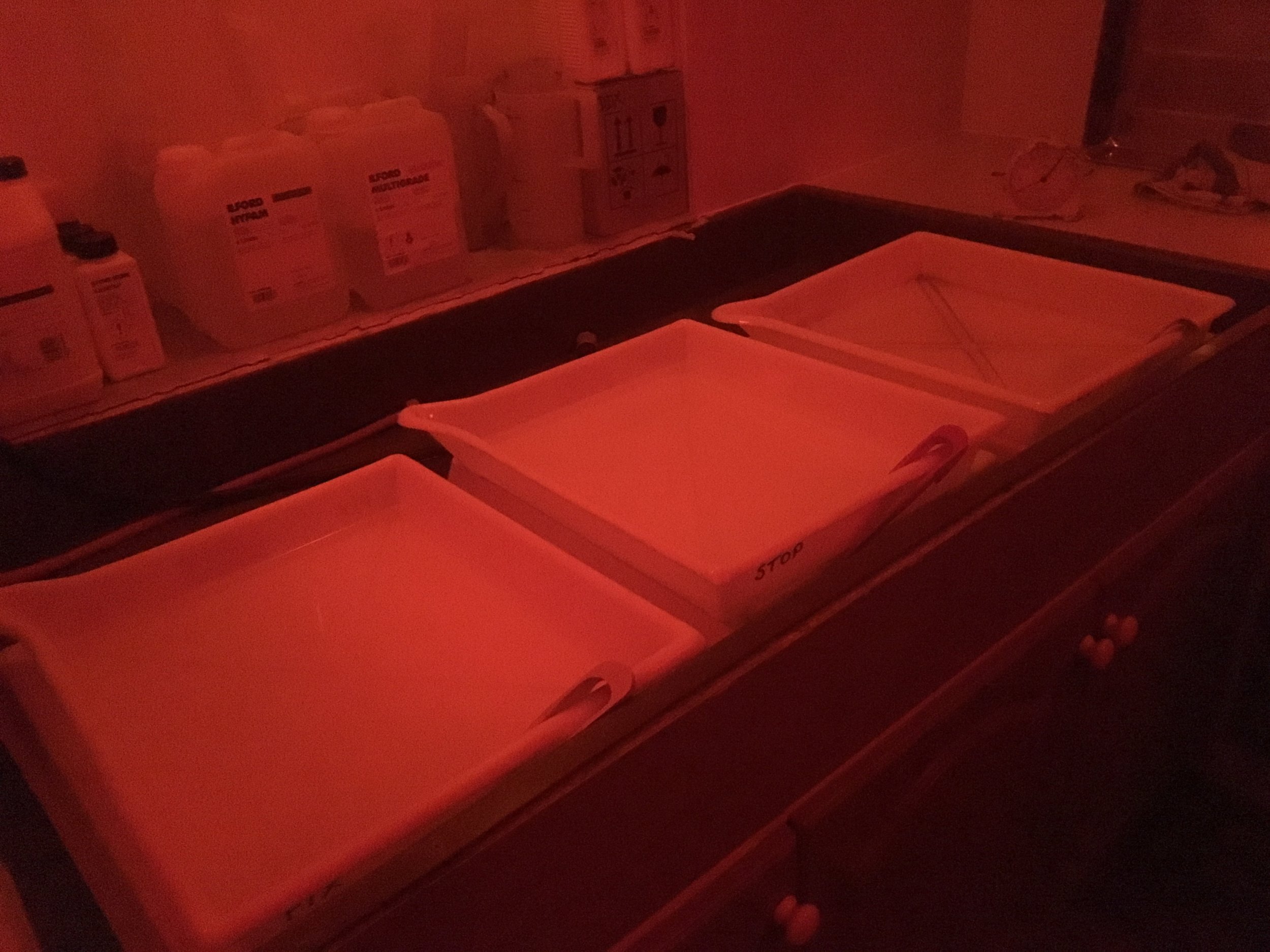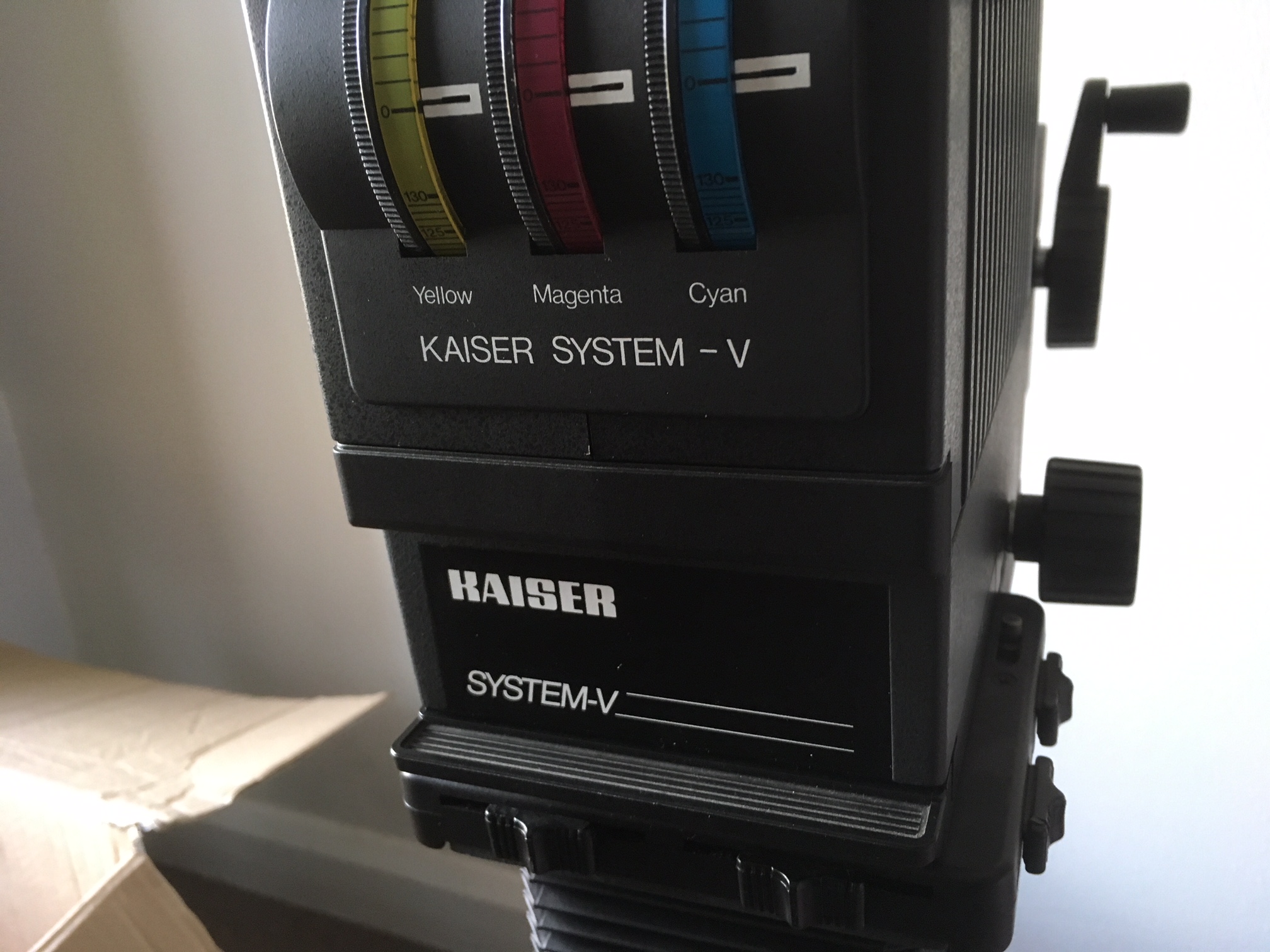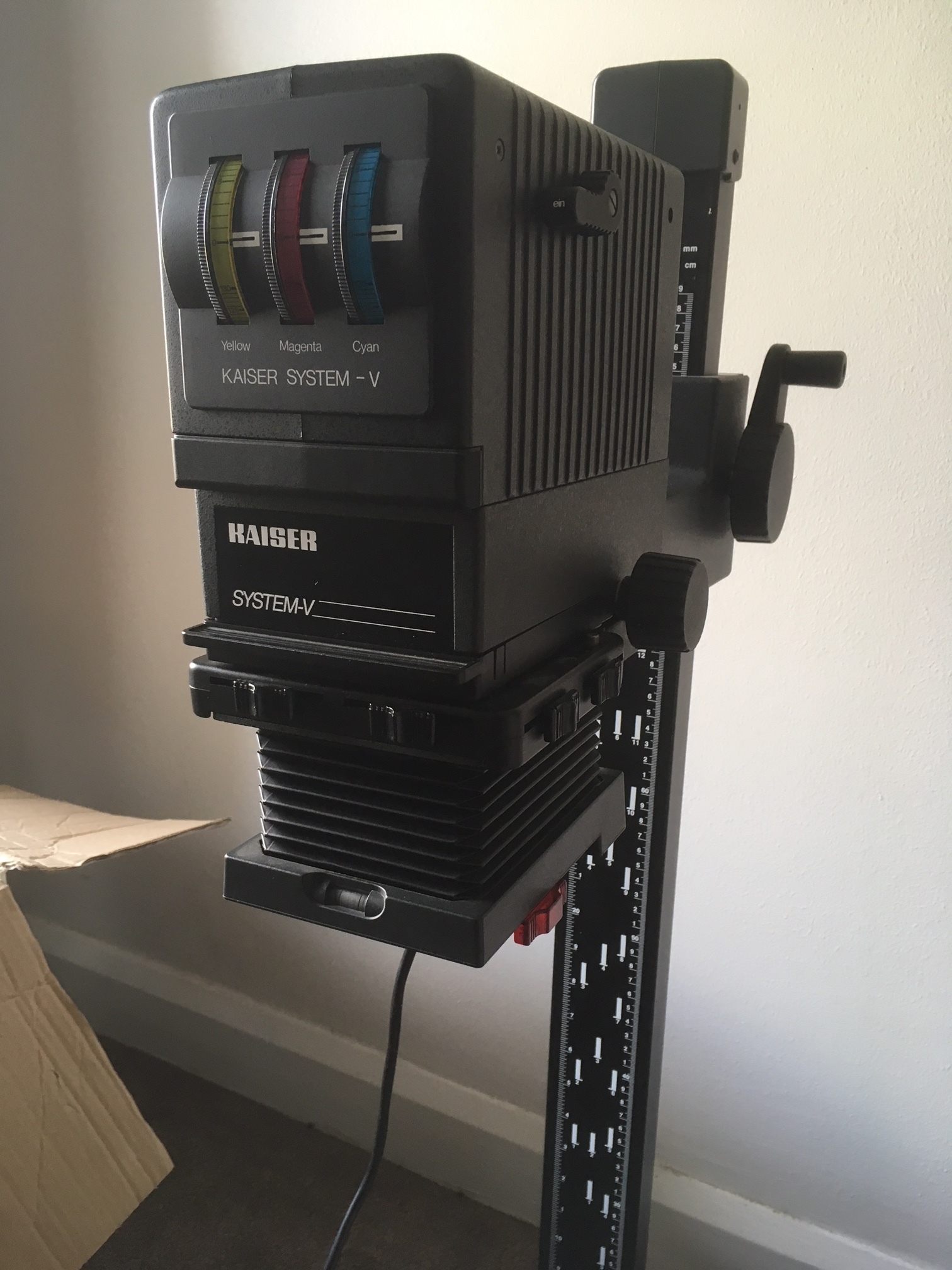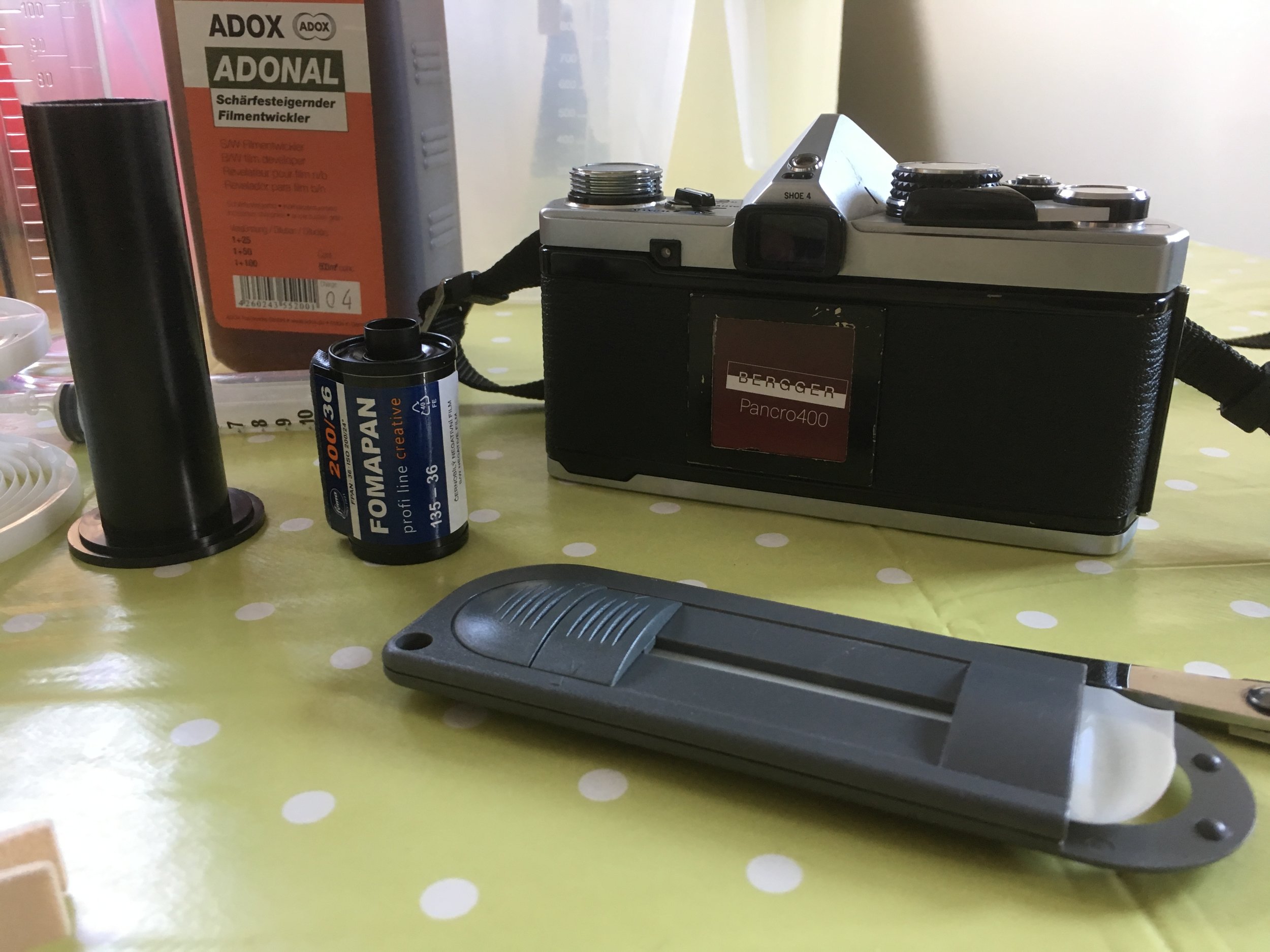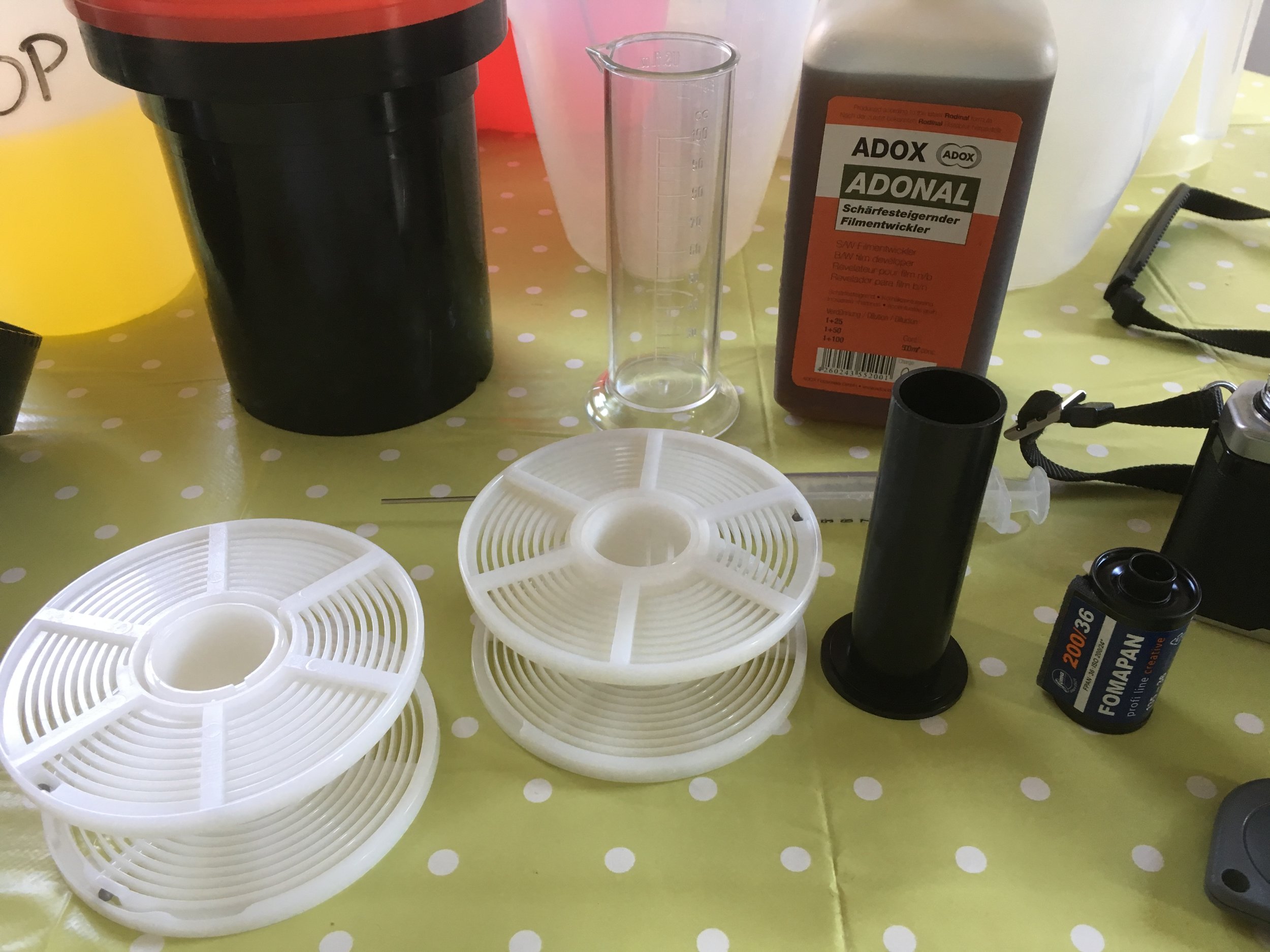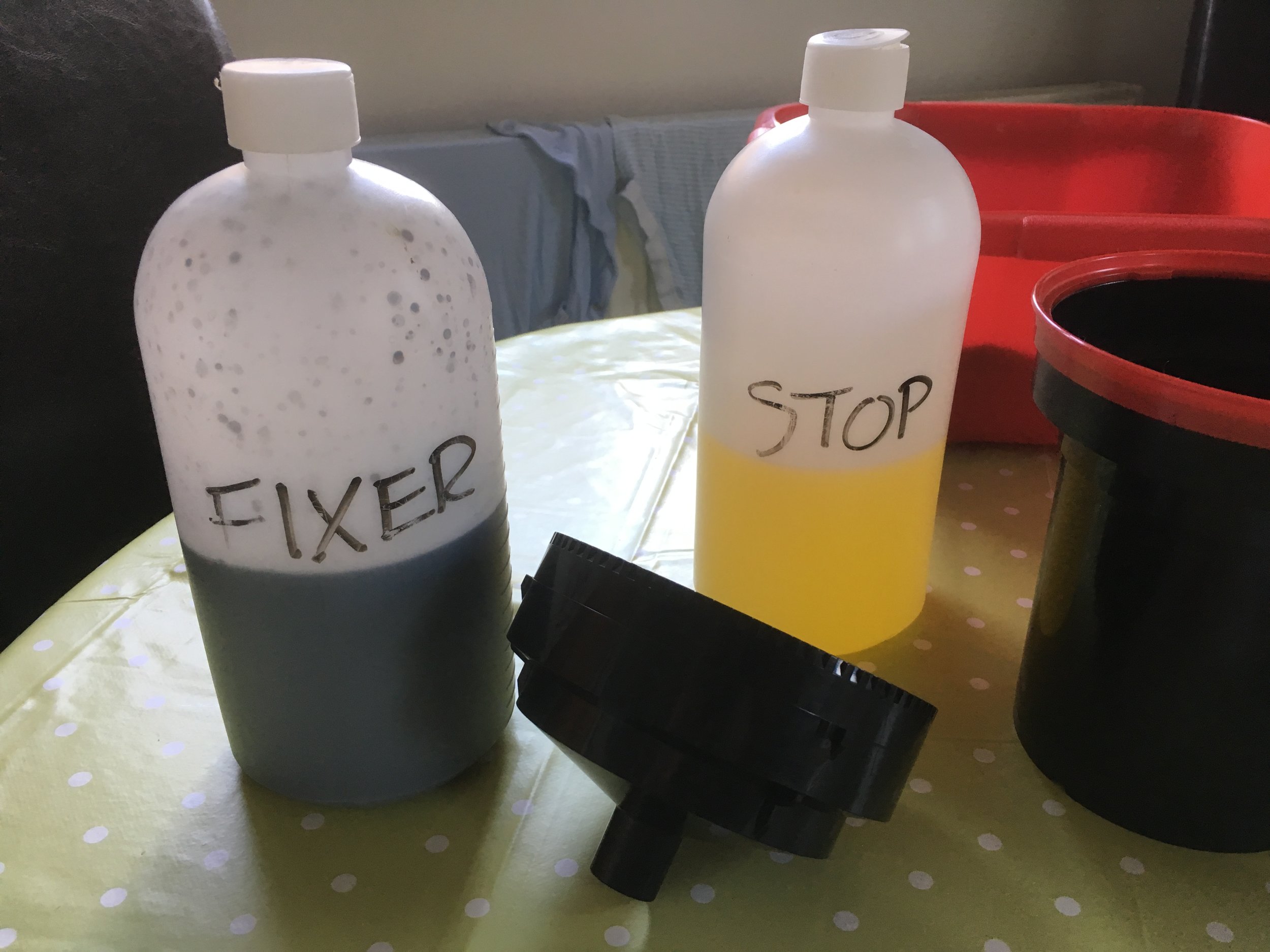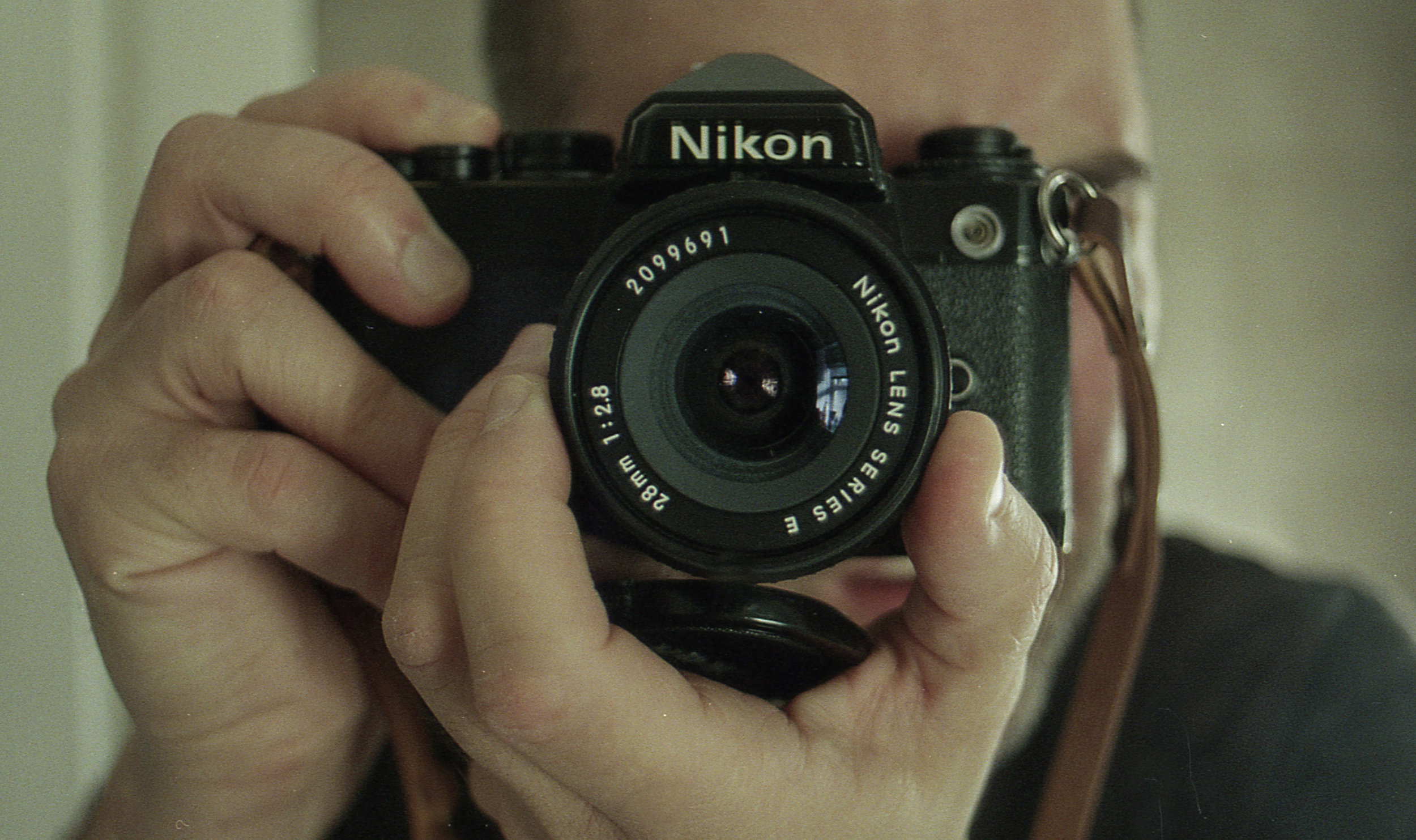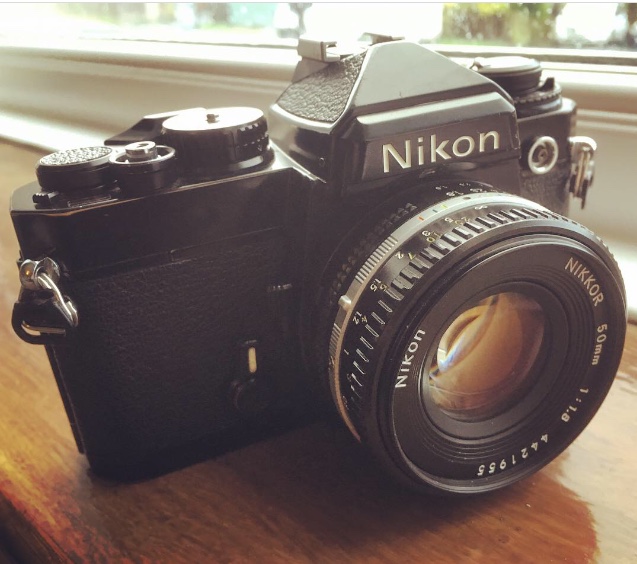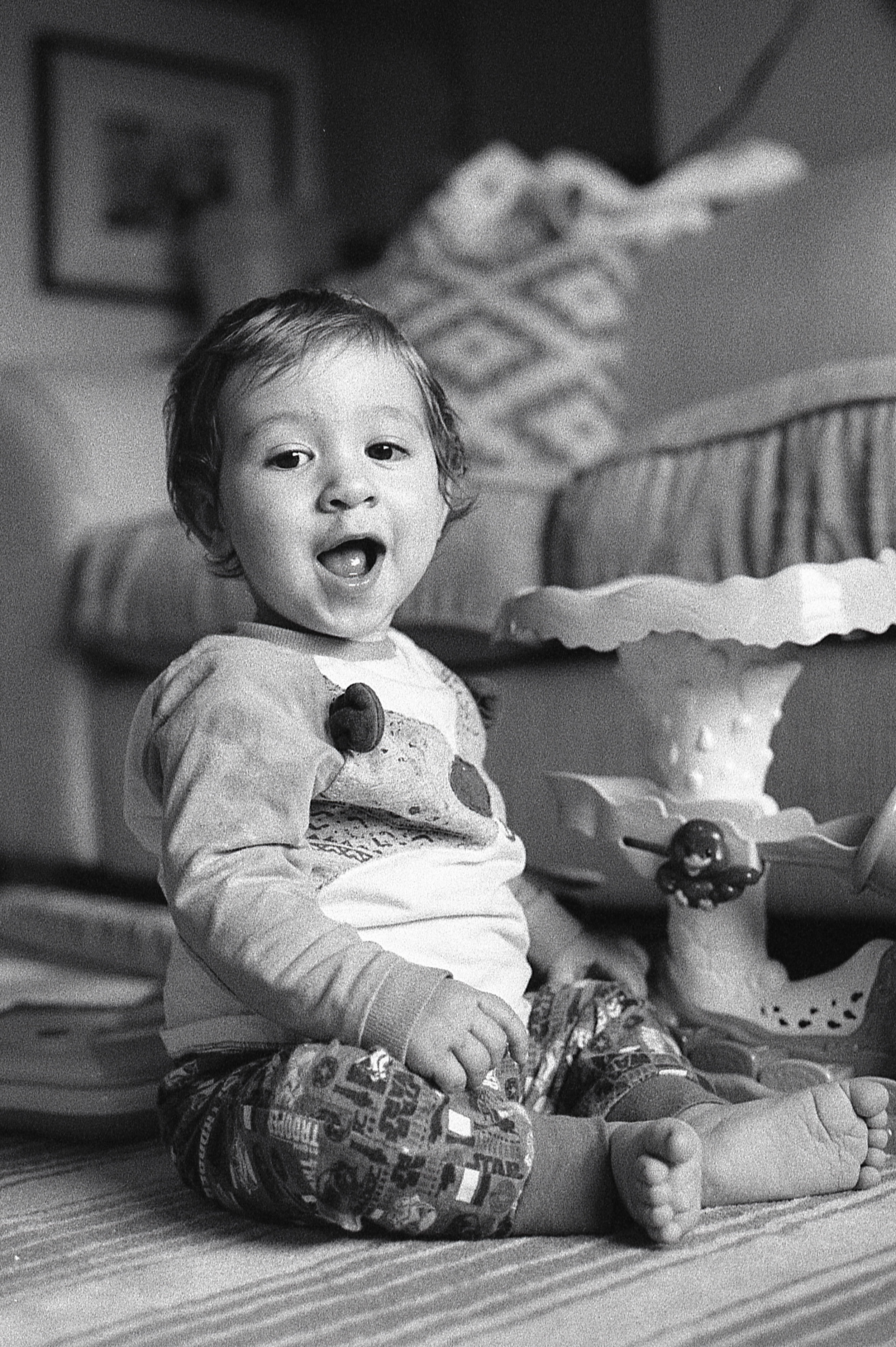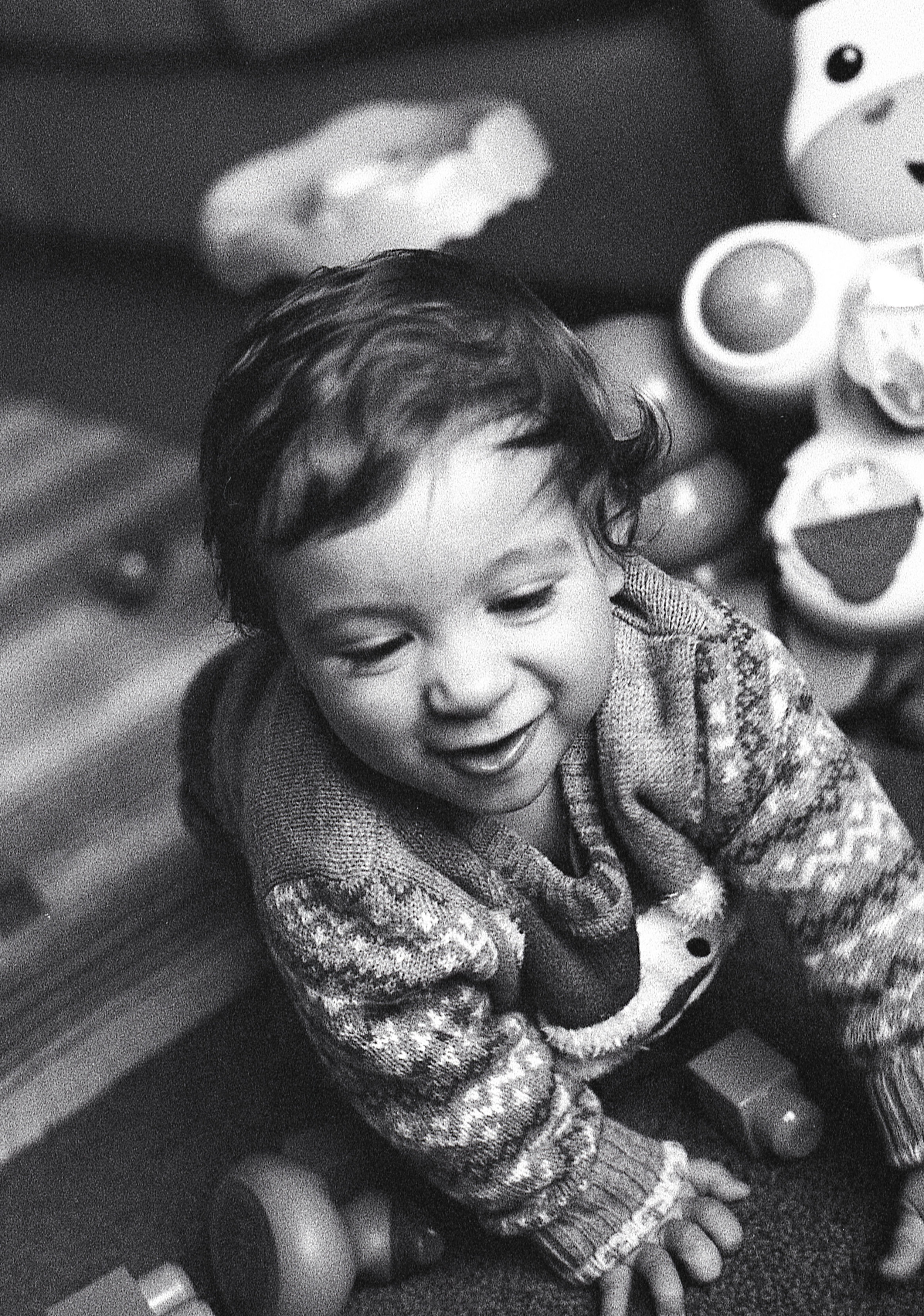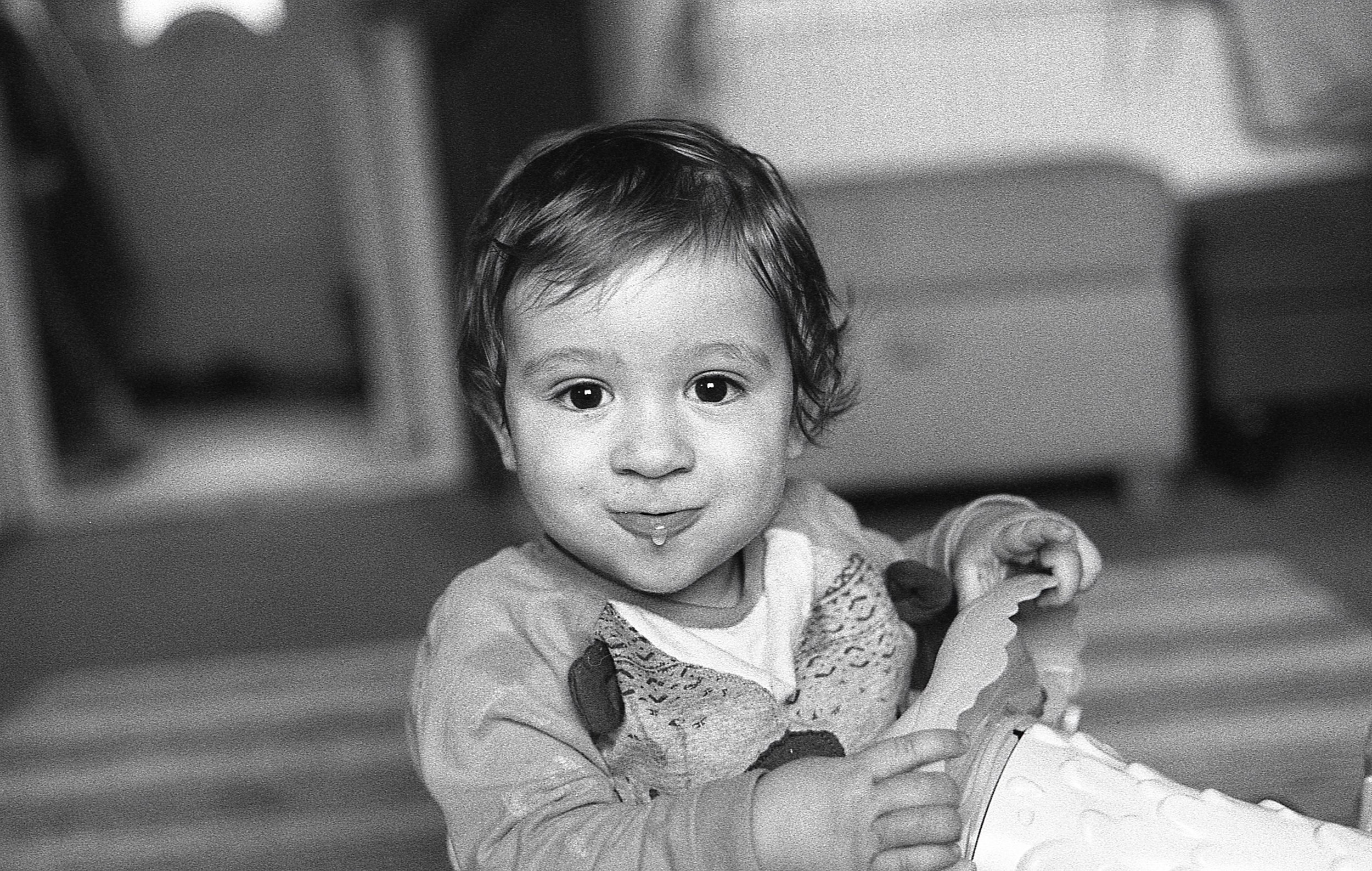Recently I was lucky enough to spend a couple of days in Berlin! I was there working for my other job (yes that’s right I have yet to find a way to make waffling on about film photography pay for my lifestyle - yet….) I made some extra time to visit my super cool cousin in law(is cousin in law a thing)?? anyway we’re family and I was really excited to explore Berlin, I’ll just get this out of the way right now… the place is amazing!! I was struck by how laid back and chilled it was especially for a big Capital City - I mean yeah the place was buzzing but just a proper friendly vibe about it, I really loved my time spent there.
Having finished my work I hit the street armed with my trusty NIkon FE2, Nikkor 50mm f2 (a new lens) and some Rollei Retro 80S film - one of my faves film stocks and fitting to shoot the German capital on some German film :)
This isn’t really a camera review type blog but I would be remiss in my duties if I didn’t spare a word or two about my kit for this expedition - so first up the camera body; the Nikon FE2. A wonderful camera, I wrote a blog about it’s older sibling the FE HERE a fine camera itself, but I have long since replaced it with the marvellous FE2. On the surface it looks like a fairly standard 1980’s era SLR but it has a trick up it’s sleeve which makes it a standout - a 1/4000 second top shutter speed :) it is very solidly built and although mine has a few scars gathered during the course of it’s life it works perfectly!
Attached to the camera you can see the Nikkor 50mm f2 - as you’ll see in the images that follow this lens is very capable!! I picked it up on ebay attached to a Nikkormat FT2 which cost me £40 - I sold the FT2 for £30 so this lens basically cost me £10!! This makes it a perfect travel lens as I’m not carrying around some big expensive piece of kit - but the key here is that there is no compromise on image quality, this thing is amazing!
The 50mm f2 is also very solidly built, the focus ring is lovely and smooth and even though the lens looks like it’s been booted down the road (and probably has a few times during it’s life) it can create beautifully rendered images with great contrast. It is also an enjoyable challenge to just take a simple 50mm lens with you - no more fretting about which focal length to use, no lugging about loads of lenses which you probably wont use anyway. I enjoy the creative possibilities that working within limitations brings and choosing one lens does this effectively, anyway - enough gear talk!! (for now)
Two key things to note - Firstly you can see some Adox Silvermax and Agfa APX films pictured here that i purchased whilst in Berlin but the images that follow were shot on Rollei Retro 80S which was loaded in the camera at the time of the ‘look at me and my camera, film and booze’ lifestyle type tomfoolery and Secondly, yes the beer was a very good accompaniment to the proceedings.
So, without further ado - willkommen in Berlin!!
The images are presented in roughly chronological order of when I shot them, first up is this interesting monument in ‘Invaliden Park’ and was just round the corner from my Hotel - I’m a fan of brutalist architecture so obviously this really ticked that box for me!
It was a bright, swelteringly hot day - cloudless blue sky, these sunny conditions worked well with the Rollei film which has a good deal of contrast and lovely tones.
There is LOADS of graffiti in Berlin, I mean LOOOOAAADS! and stickers too! everything is either covered in graffiti or stickers - I love it!!
Remember what I said about Graffiti? Well there’s loads of street art too! This piece really captured my attention - the building is an abandoned Art School which was either in the process of being knocked down or possibly renovated (or something in between) The building high mural makes the bold statement ‘How Long is Now’ (note no question mark) the blank face, the staring eyes - dark portals keeping watch over the machines at their work.
The City is alive with the sound of construction work - cranes, diggers, the whole shebang - there was a palpable sense of ‘growth’ about the place
The Berliner Dom sits right next to the River Spree, most of this side of the building was in shade but a patch of shimmering light reflected from the River illuminated the middle row of windows. And below the dome of the building - really love the contrast in these images, a combination of the light in the scene, the film and the lens all coming together!
From the lofty heights of the splendid Cathedral to the minute details of human life - these are ‘love locks’ left by couples seeking to declare their undying love to the universe by placing the lock and casting the keys into the nearest water course, hence there are often to be found on or near bridges.
Maybe it’s a natural impulse to give physical form to such an intangiable emotion, warding off future relationship woes by locking that loved up feeling in place, space and time… or maybe it’s just a daft tourist fad… whatever their intent, whoever and wherever they are now - I wish them well :)
Neptune sits atop the fountain - again wonderful tones and dynamic range with this film, shot in mid afternoon bright sunshine but the camera meter, the film and developer all working to produce an image which captures the detail in these carved statues, the water stains rendered in white adding a layer of depth to the carved features.
The Alexanderplatz TV tower dominates the skyline of the City - if someone asked me to design a TV tower, it would definitely look something like this! I have no idea what purpose the huge disco ball serves (in fact we have a huge TV tower near home which seems to function perfectly well without one) but if the choice is “do you want the huge massive disco ball or not” then the answer has to be yes! Good work people of Berlin!
Overhead Tram lines make for some interesting compositions…
Details at street level - Rollei Retor 80S is such a lovely film, it sings in bright sunlight and can also render wonderfully contrasty tones too, the front of the image was awash with light - it made the bicylce wheel really stand out from the background which has translated onto the film as a difference of tone and contrast, the lens is showing off it’s sharpness here too.
I am a sucker for leading lines, come on - who isn’t? whether it’s a run down, poster covered side street or a neo classical collonade the effect is always the same; a visual invitation… step right this way!
Neo classical architecture abounds…..
….none more so than the Reichstag!! I wasn’t quite prepared for just how HUGE the building is! such a wonderful piece of architecture and rich in history.
Just visible in the background is the huge glass dome which surmounts the building (it’s a shame i didn’t have more time to go and visit properly but it gets very busy and you have to book)
The final stop on our mini tour of Berlin is the Brandenburg Gate - a beautiful neoclassical monument and famous landmark of the city, during my visit it was closed off in preparation for a concert so I couldn’t get a full length photo of the columns, but it prompted me to work the angles and I quite like how these compositions came out.
The final shot from this roll of film is taken looking up as I walked alongside the Brandenburg gate; I love the gradation of light to shade on the right hand side and also the contrast of the neo classical and the clean, straight lined modern building next door.
It’s worth noting at this point that I developed the film in Kodak HC110 dilution H as per the Massive Development Chart for Rollei Retro 80S, this is one of my fave film and developer combinations especially for work in bright sunlight.
Berlin is a city with a rich history - one that it wears on it’s sleeve; it’s such an eclectic and vibrant mix which I hope I have conveyed in some small way here! This is Part 1 of my postcard from Berlin - next time I’ll share some images that I took with some film bought locally from the good people at Fotoimpex, in the meantime thanks for joining me on this trip!
